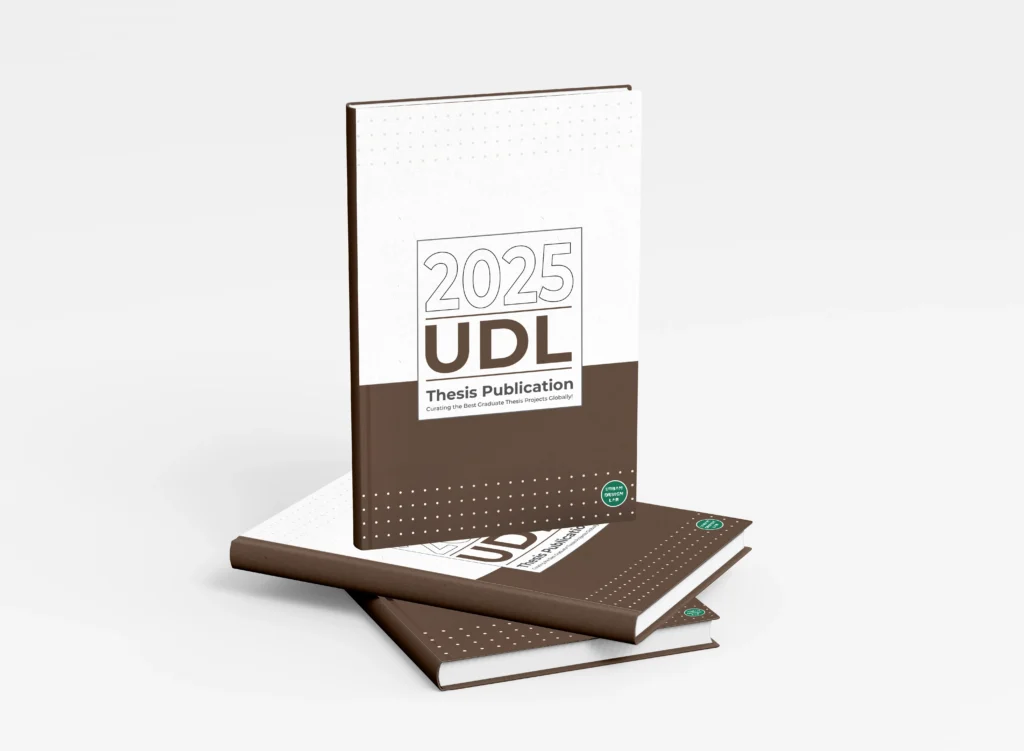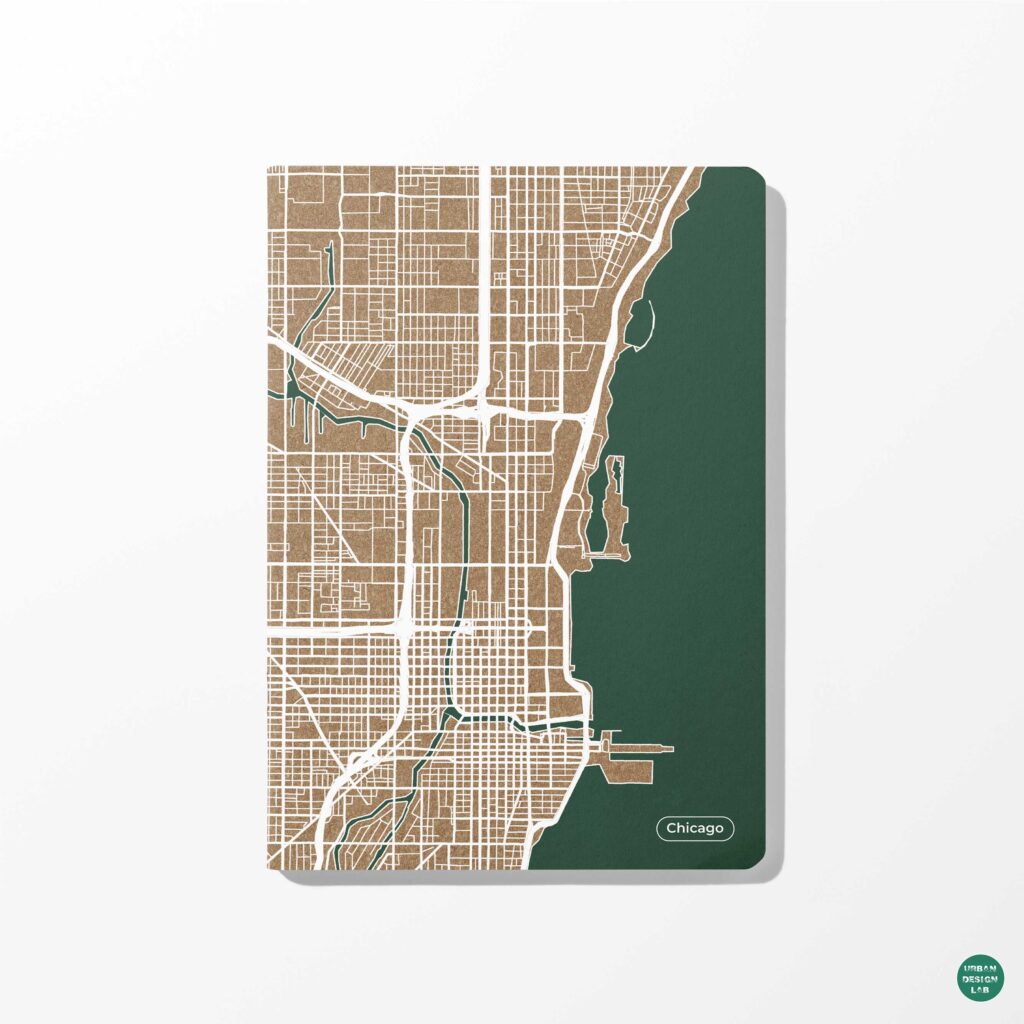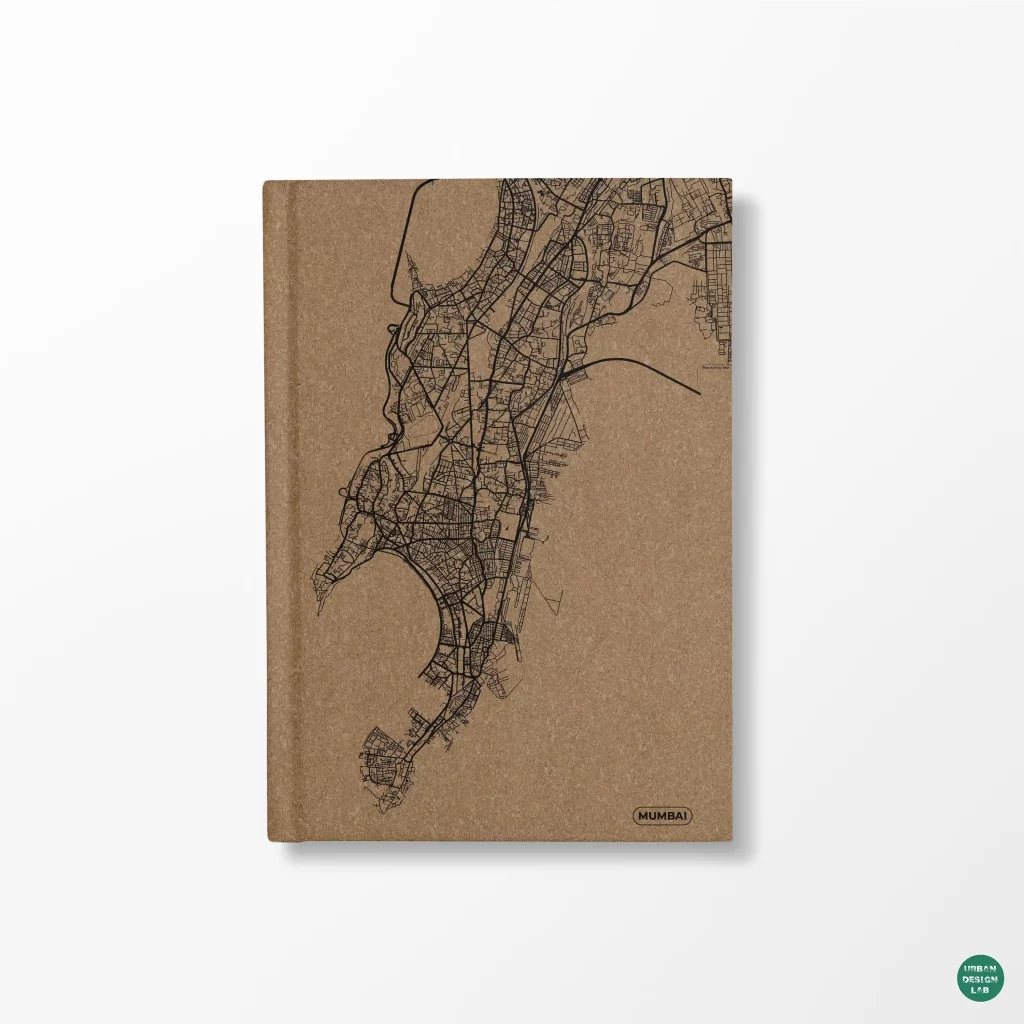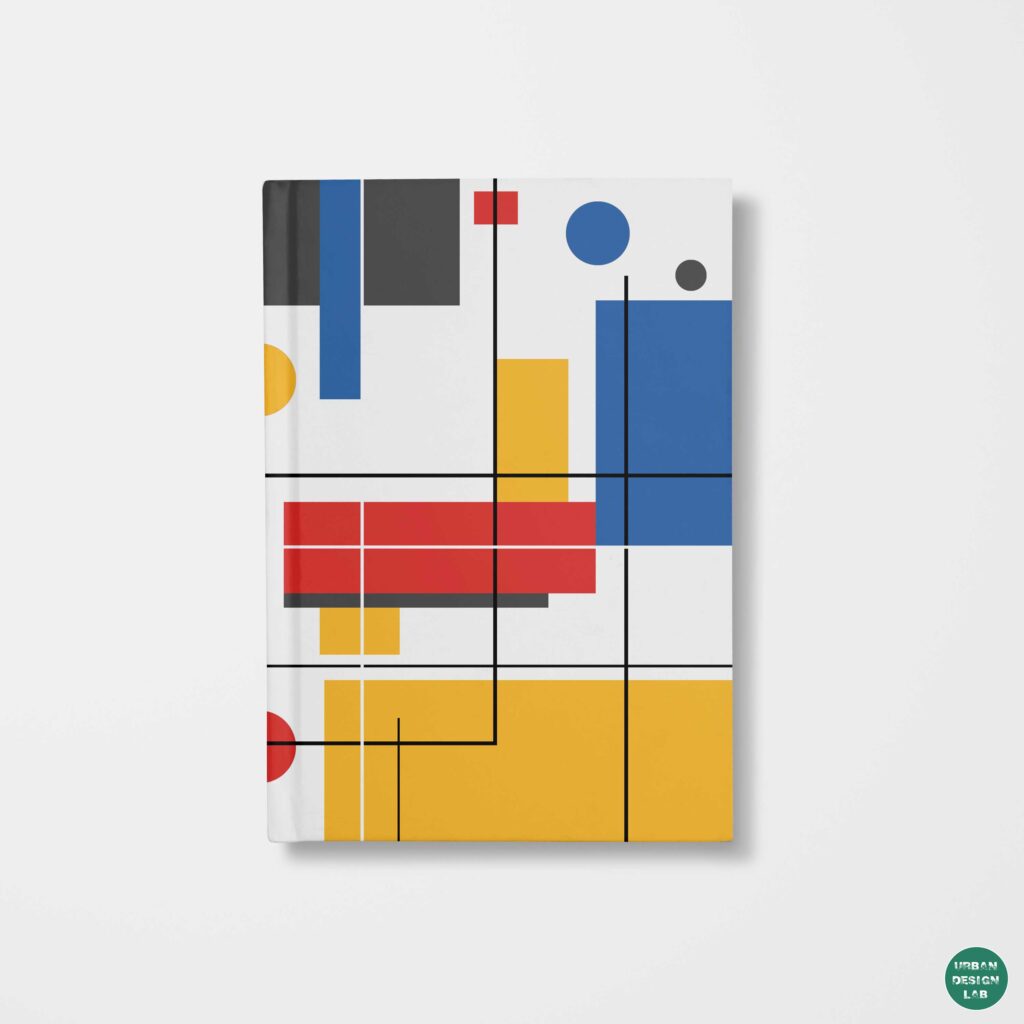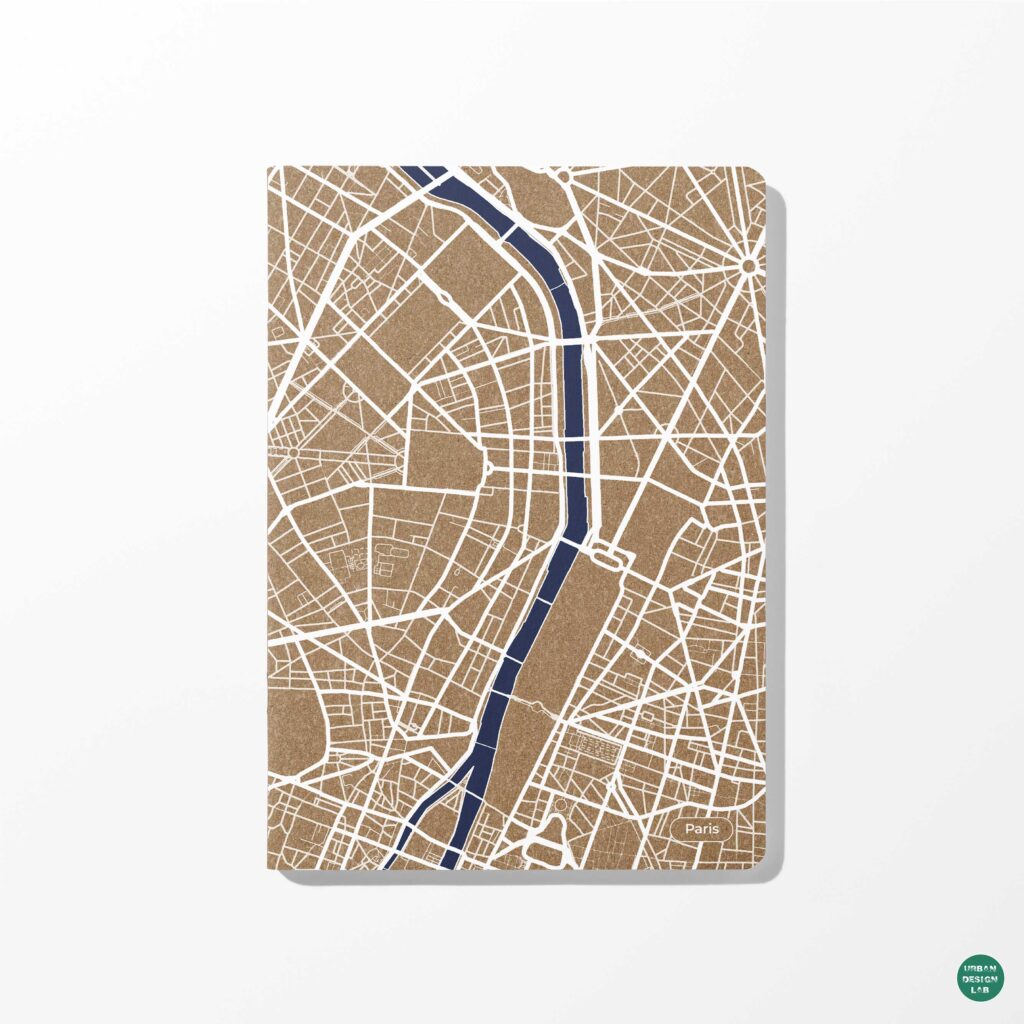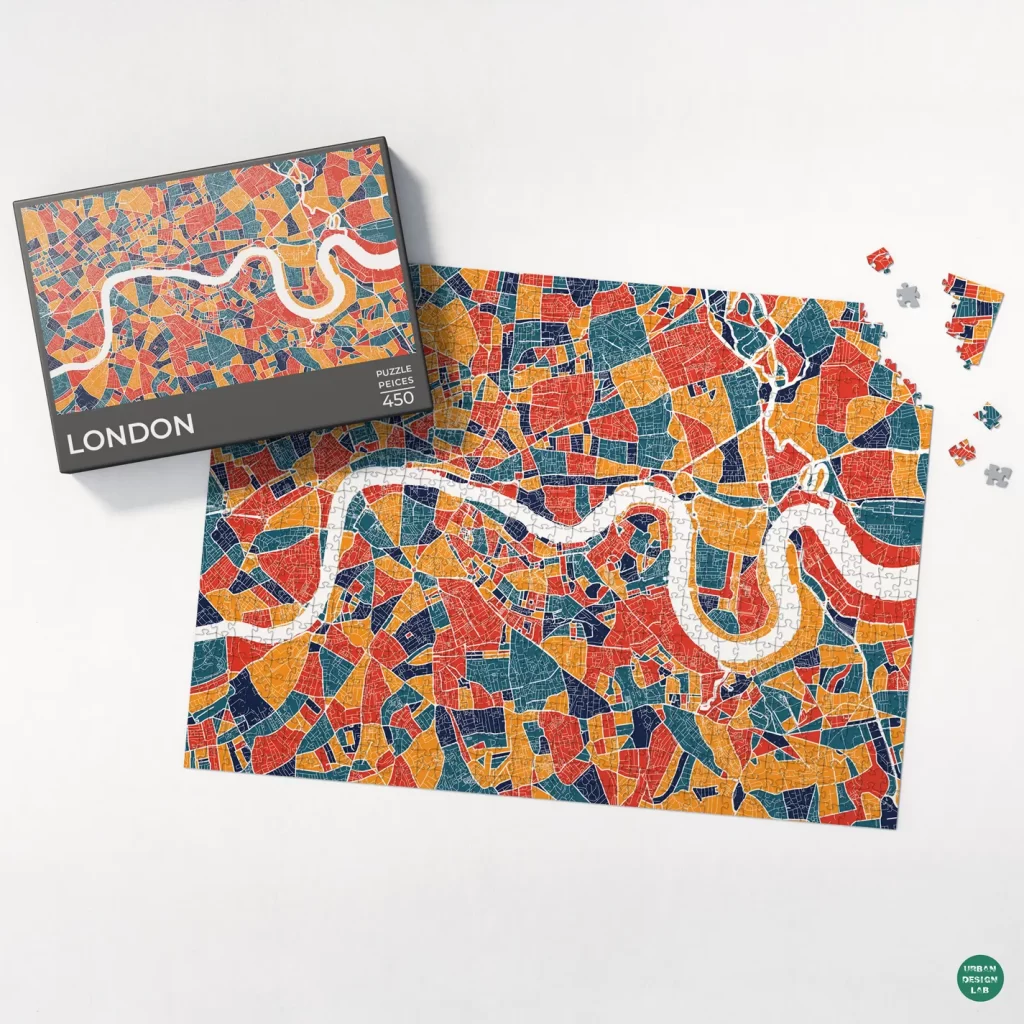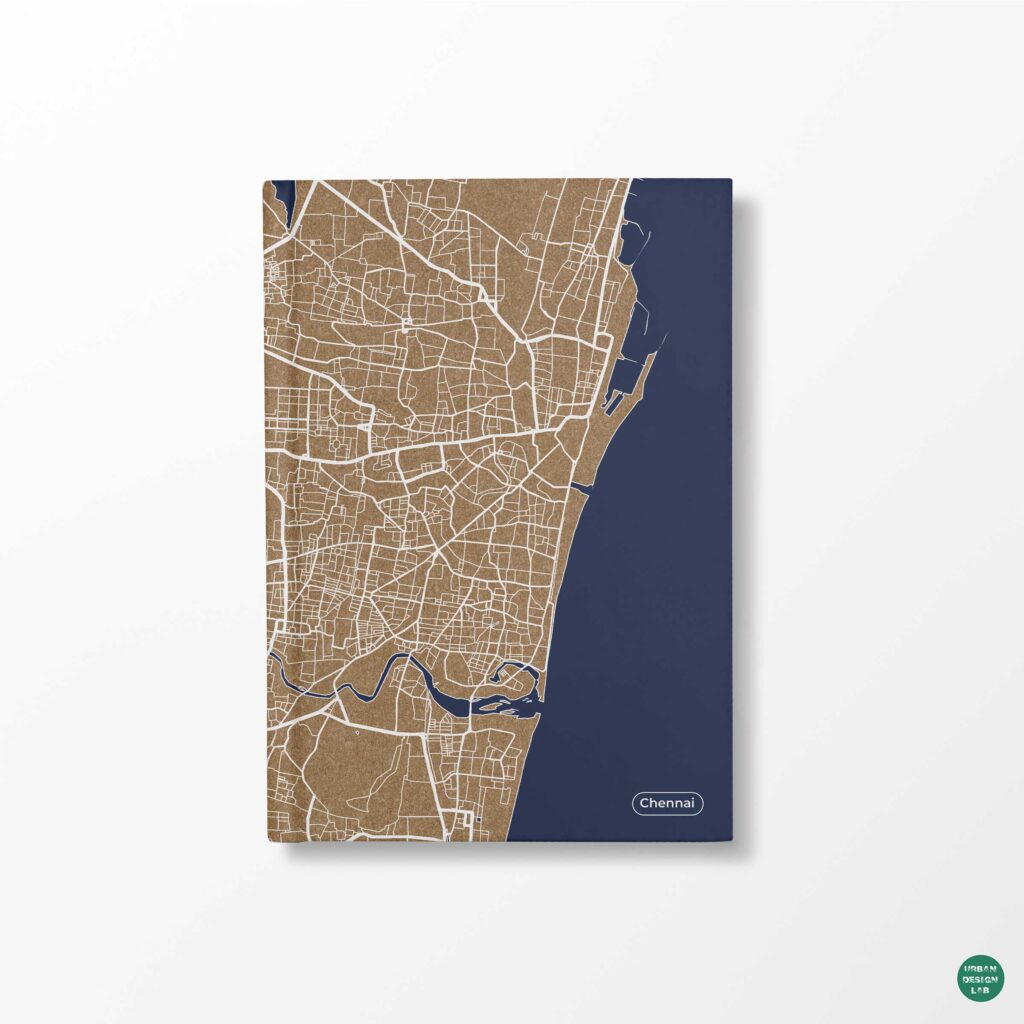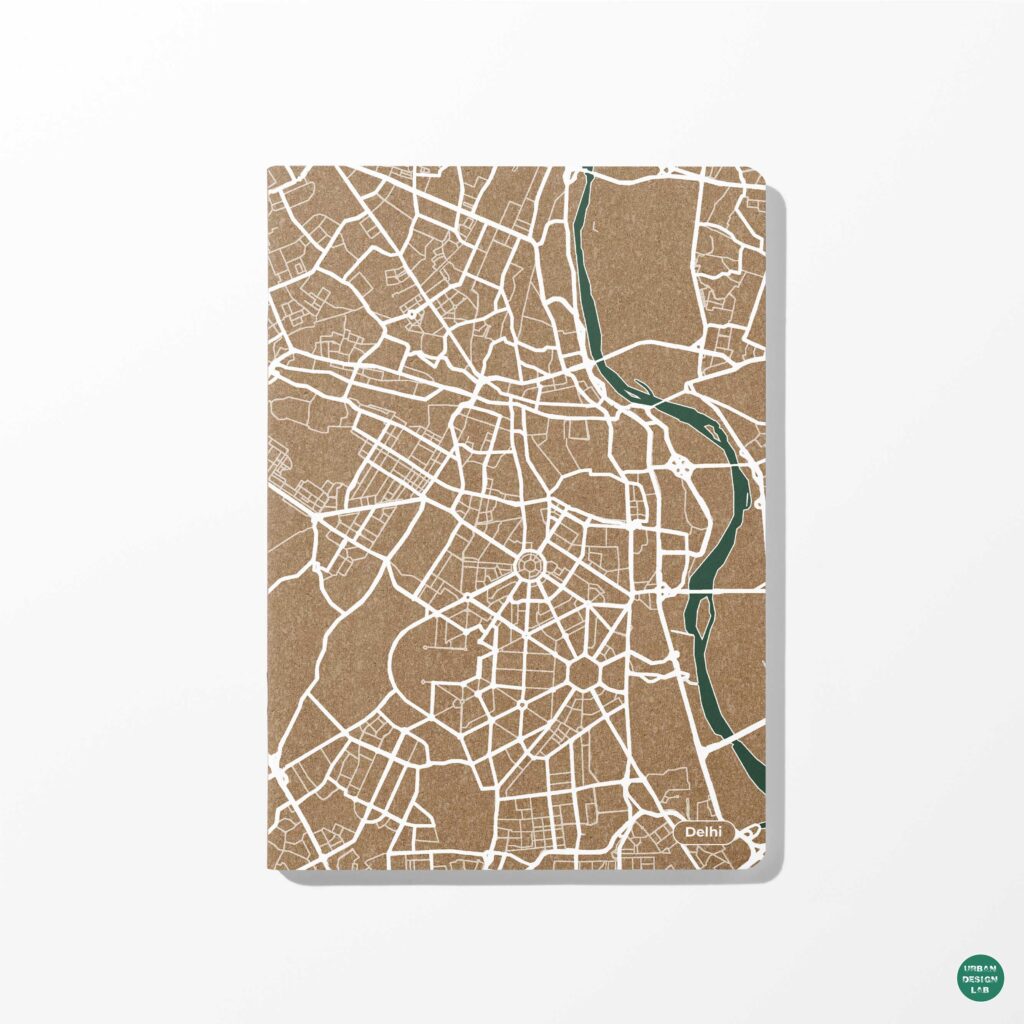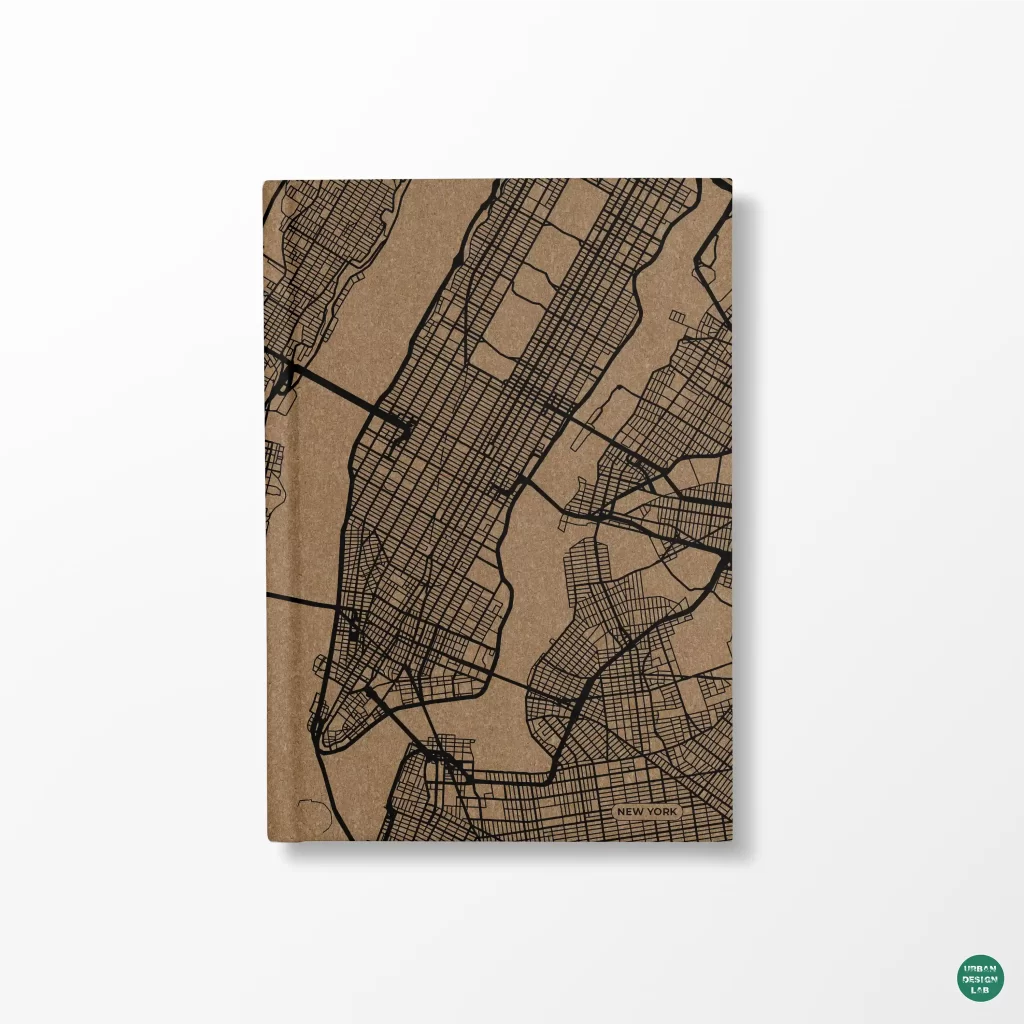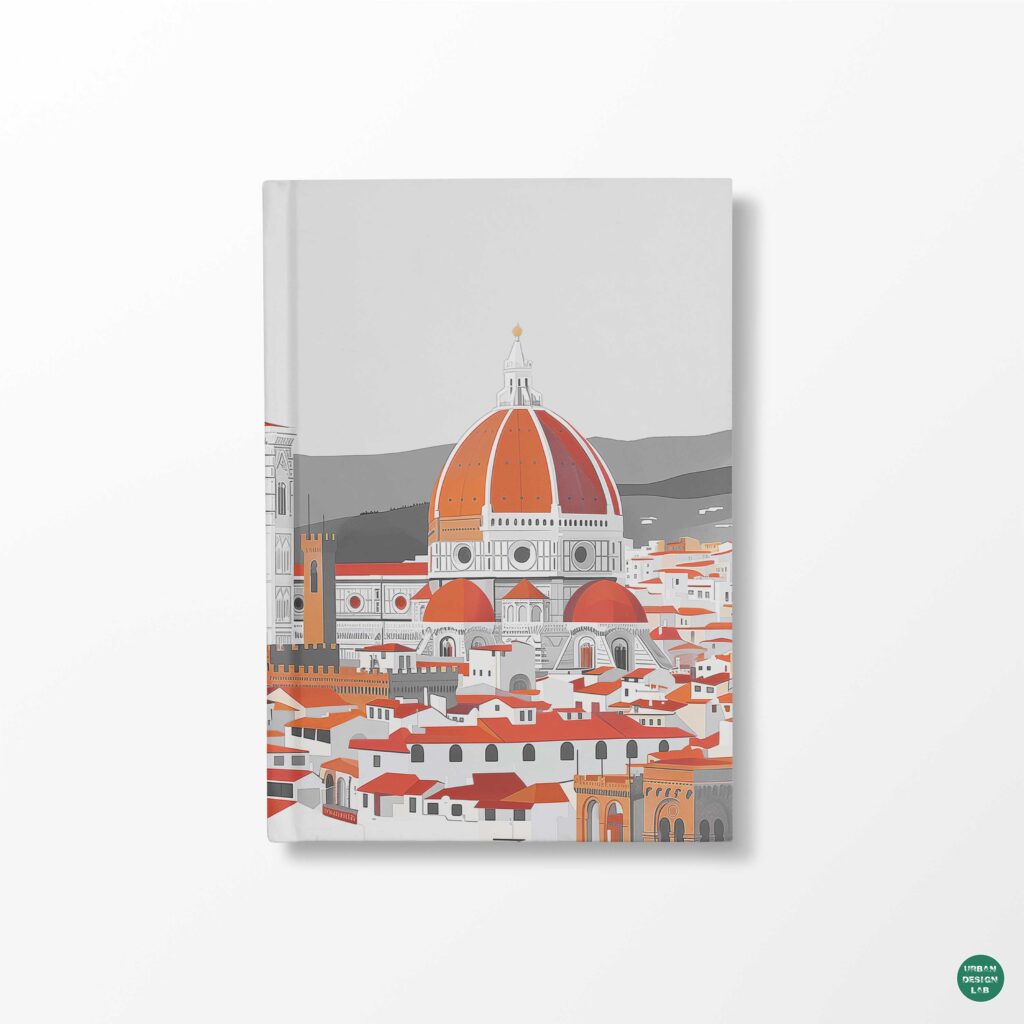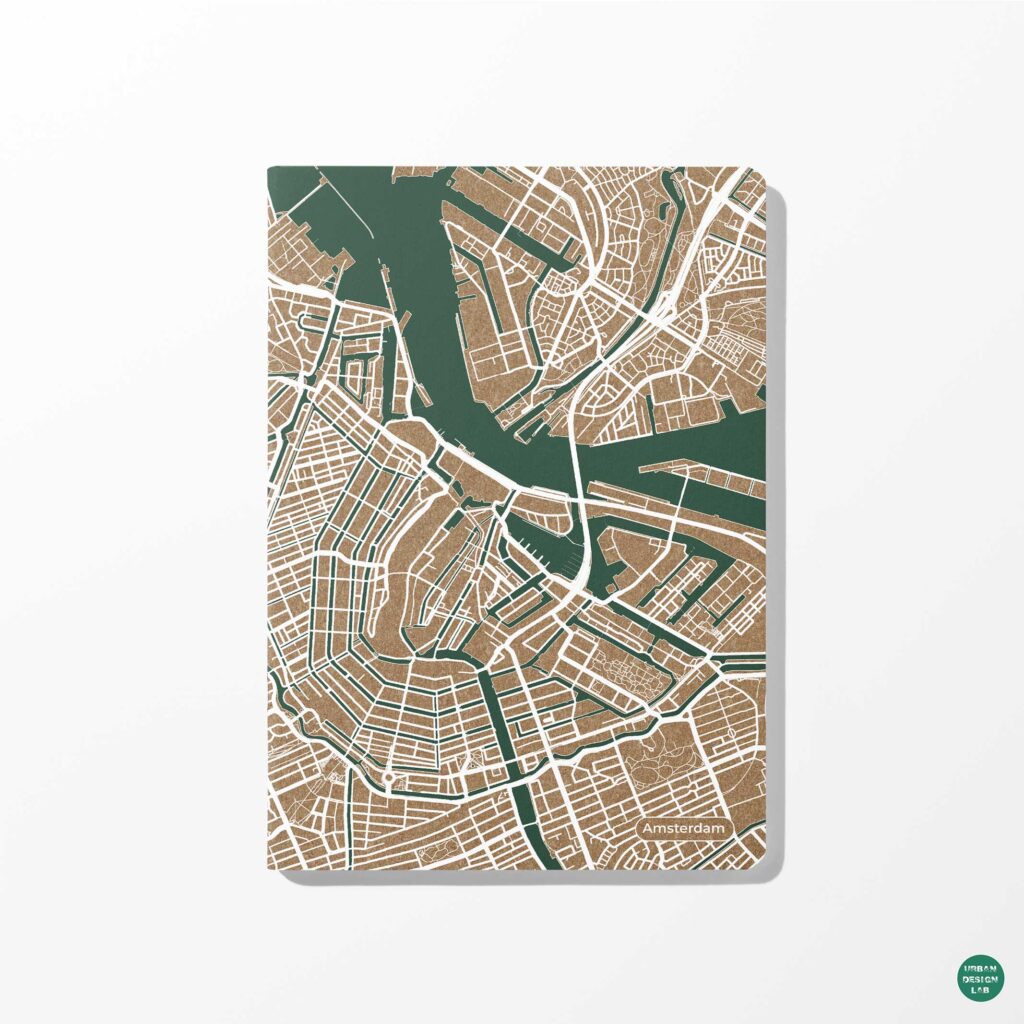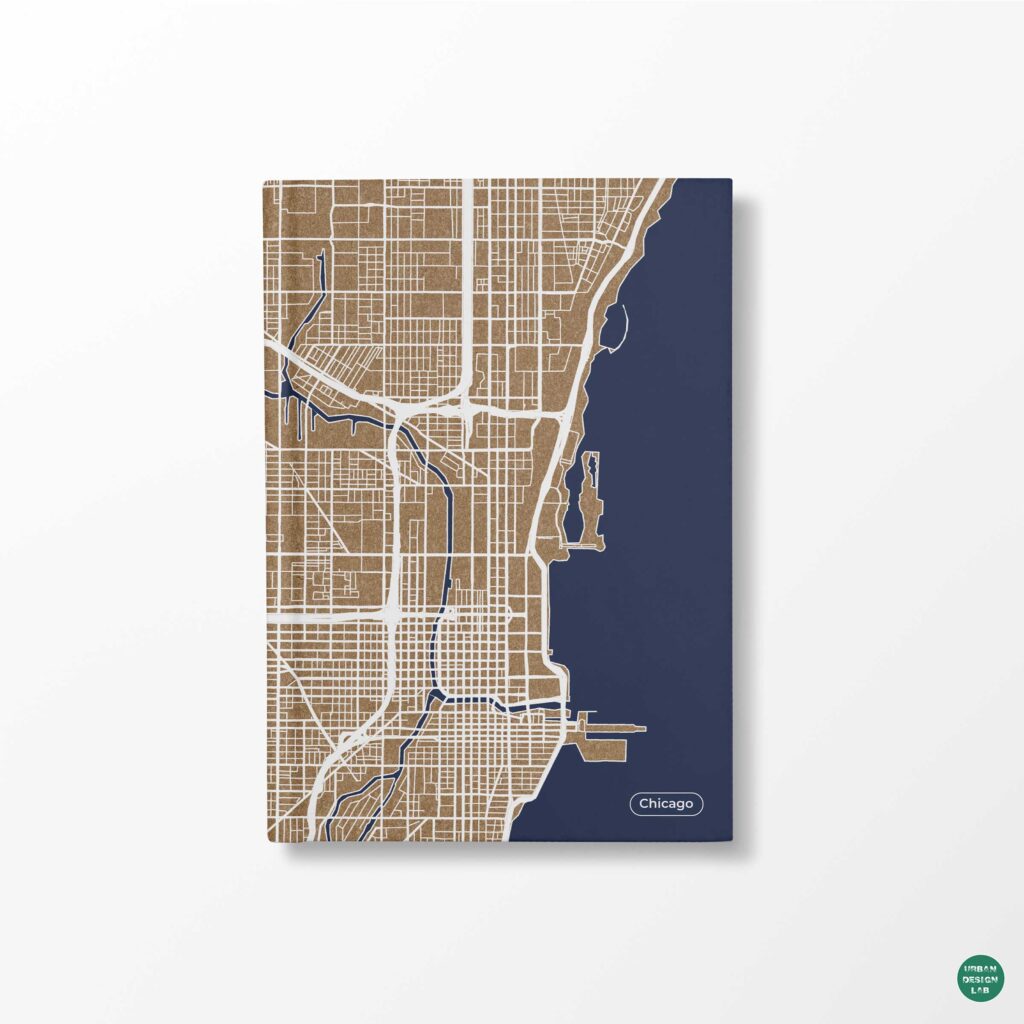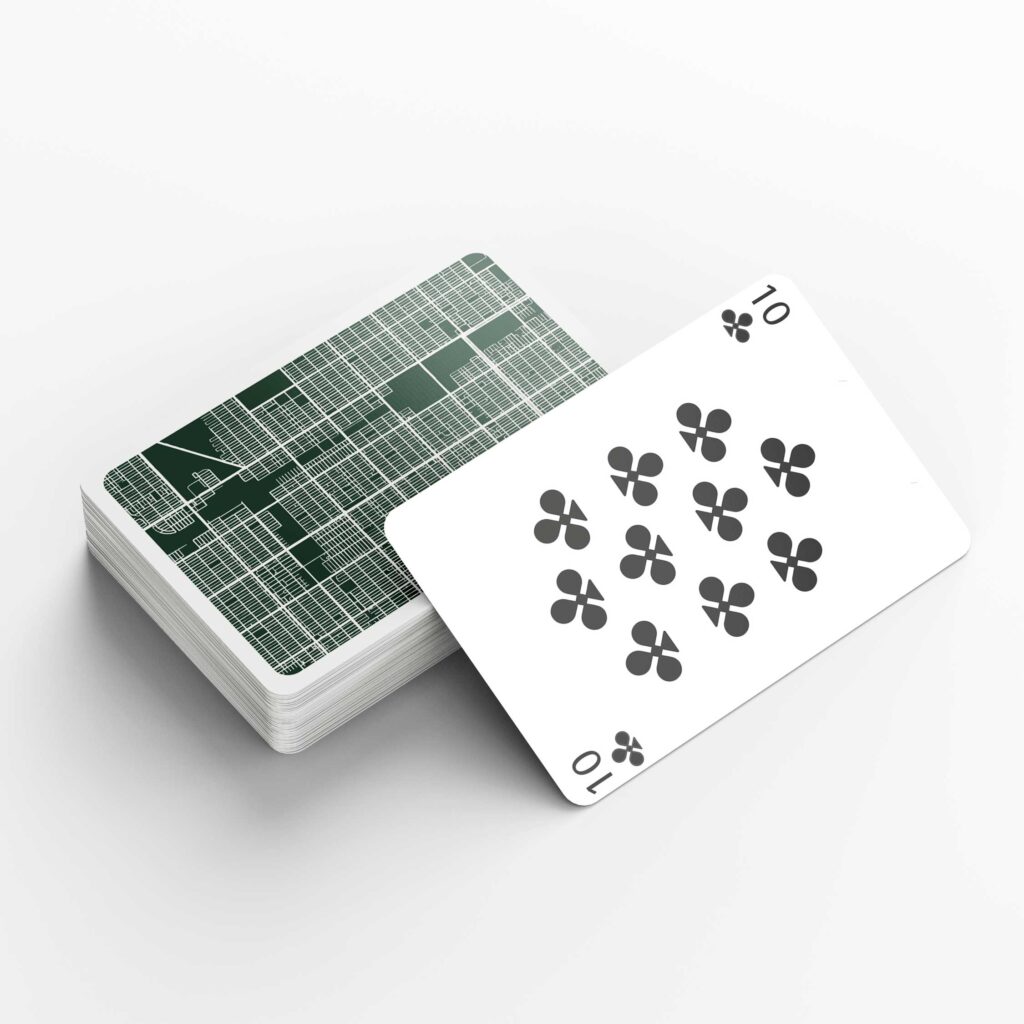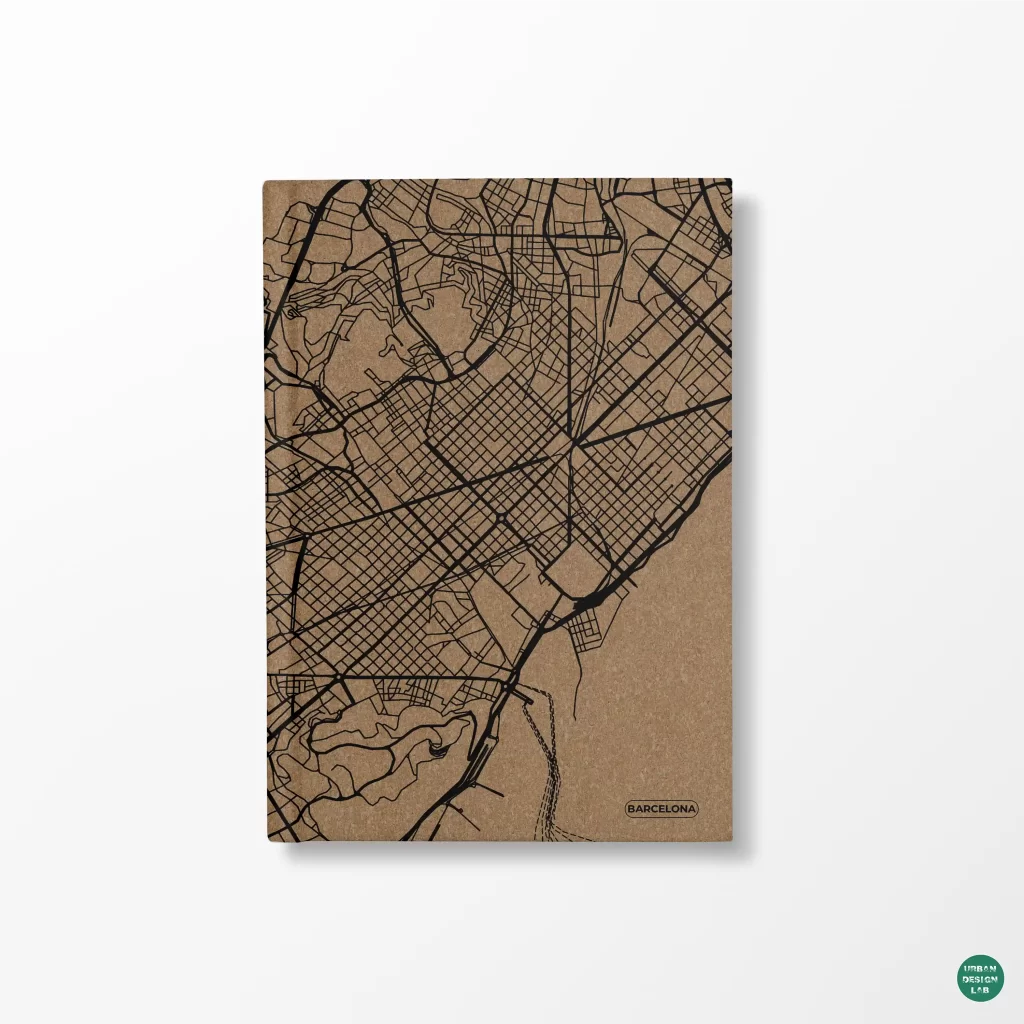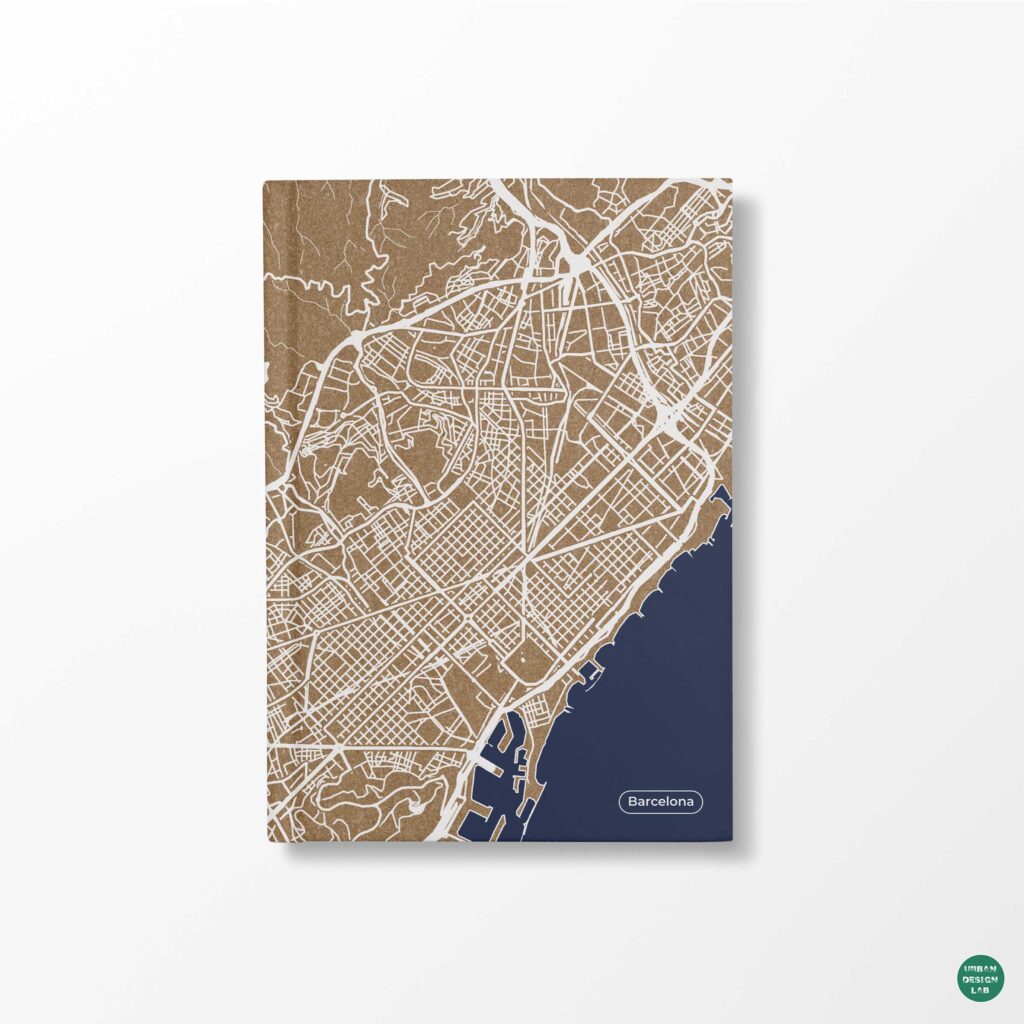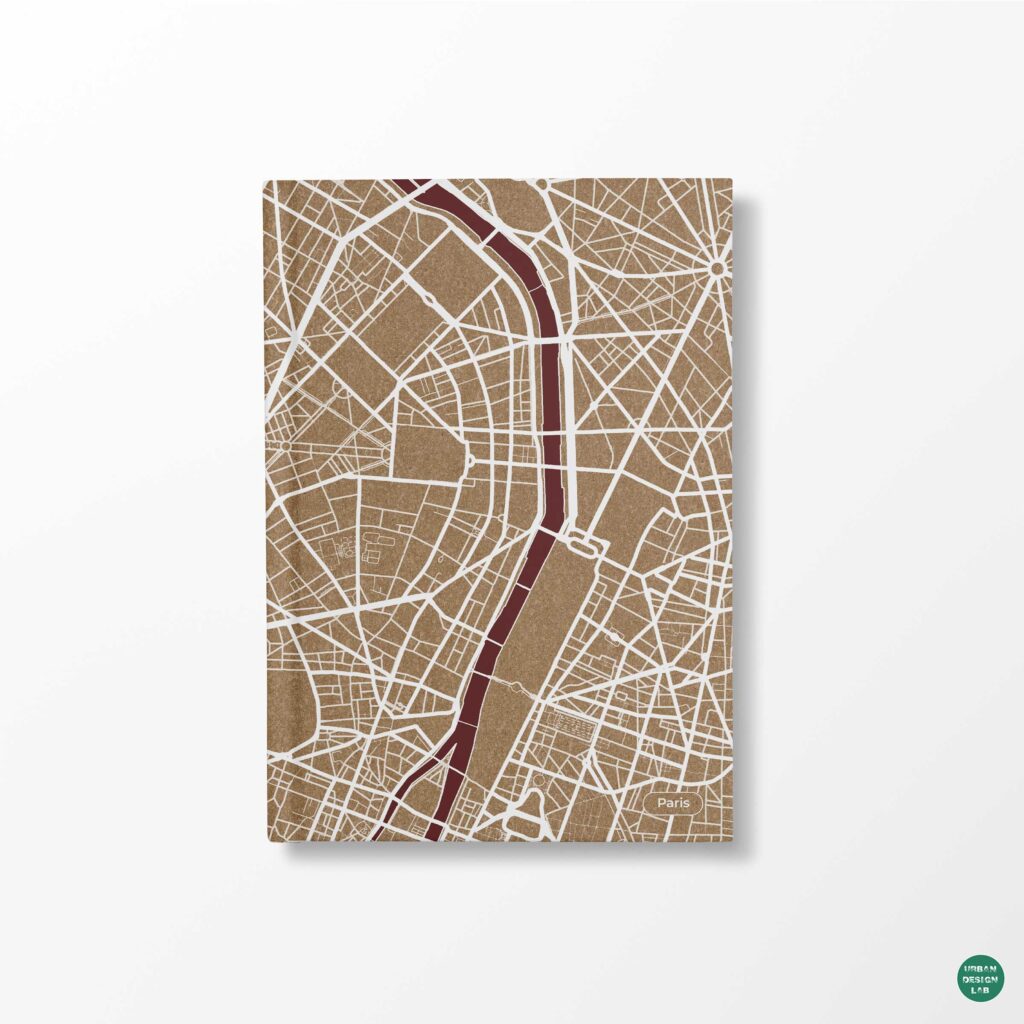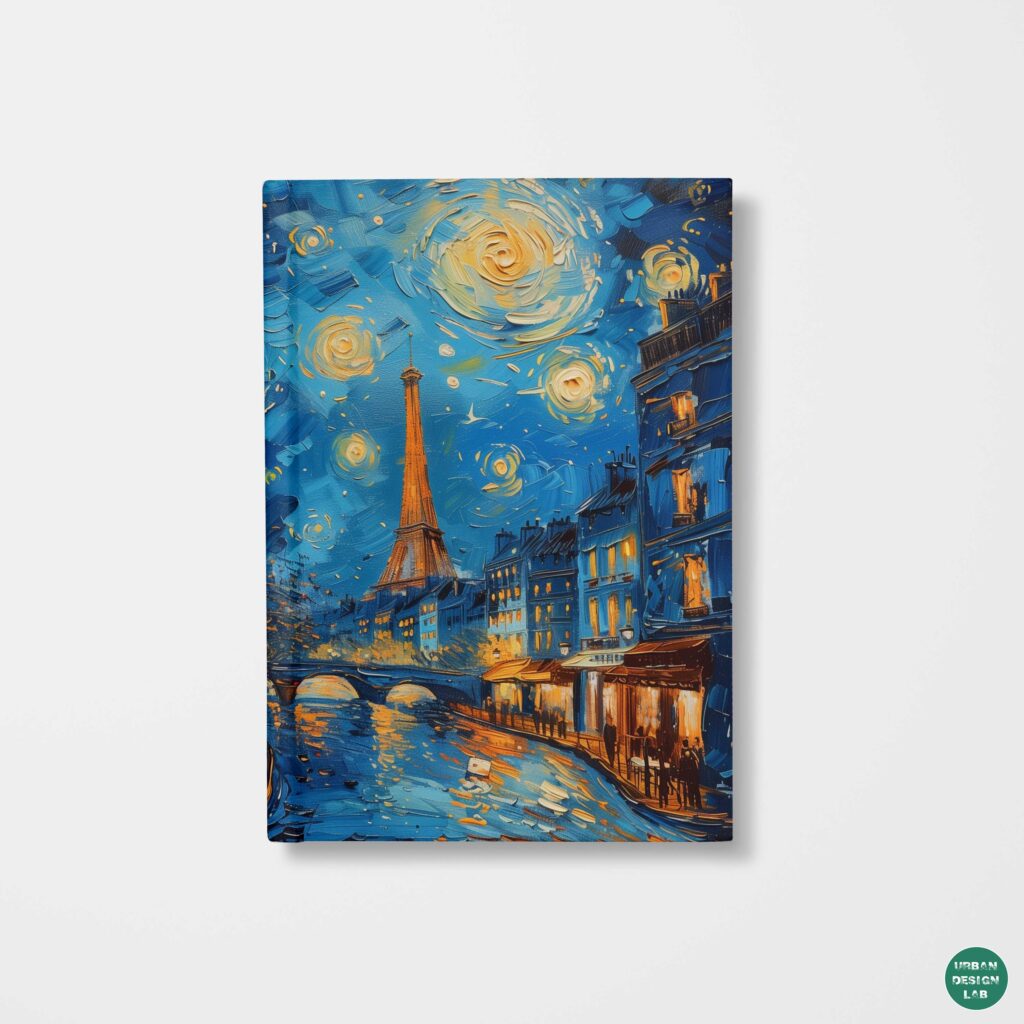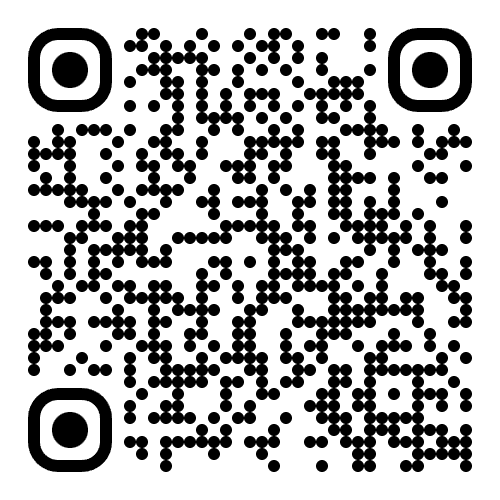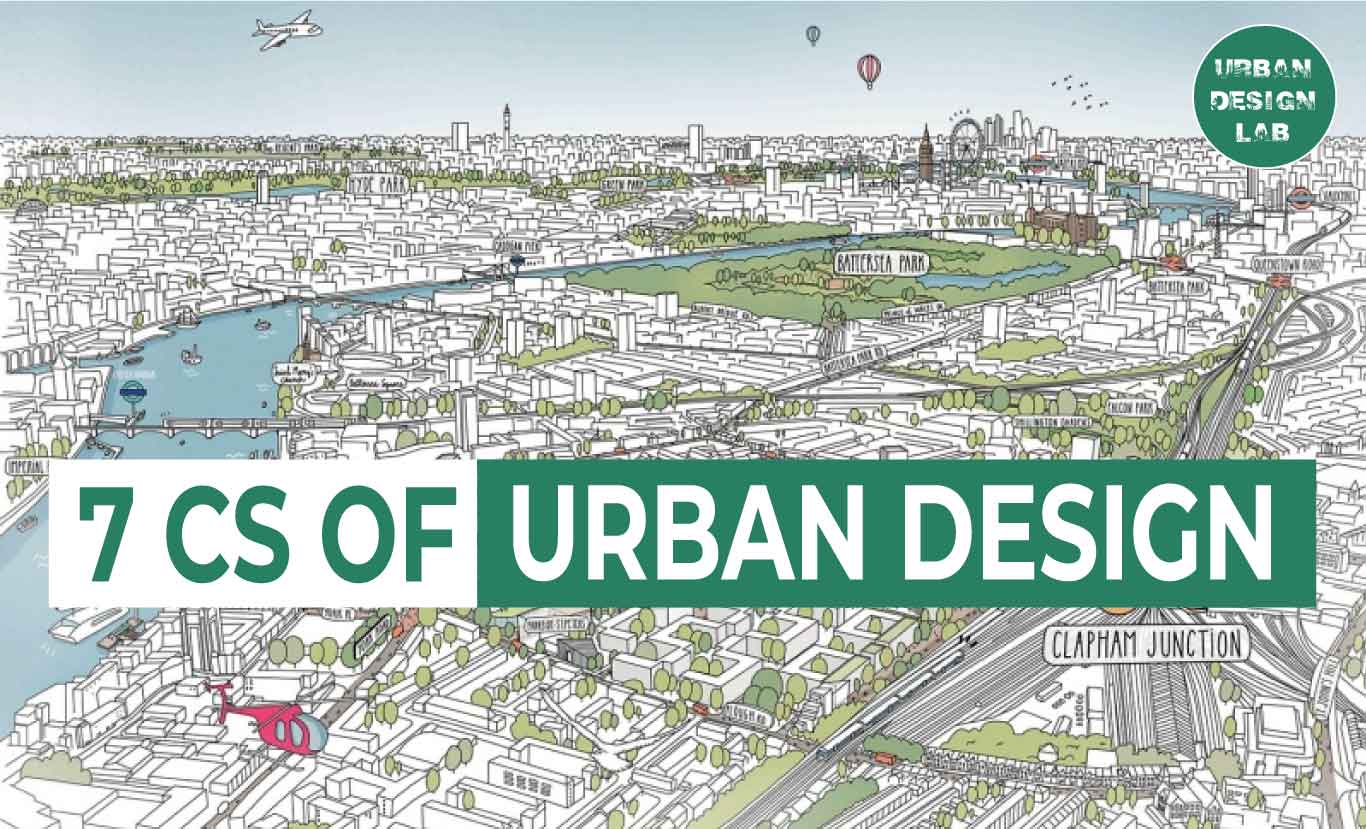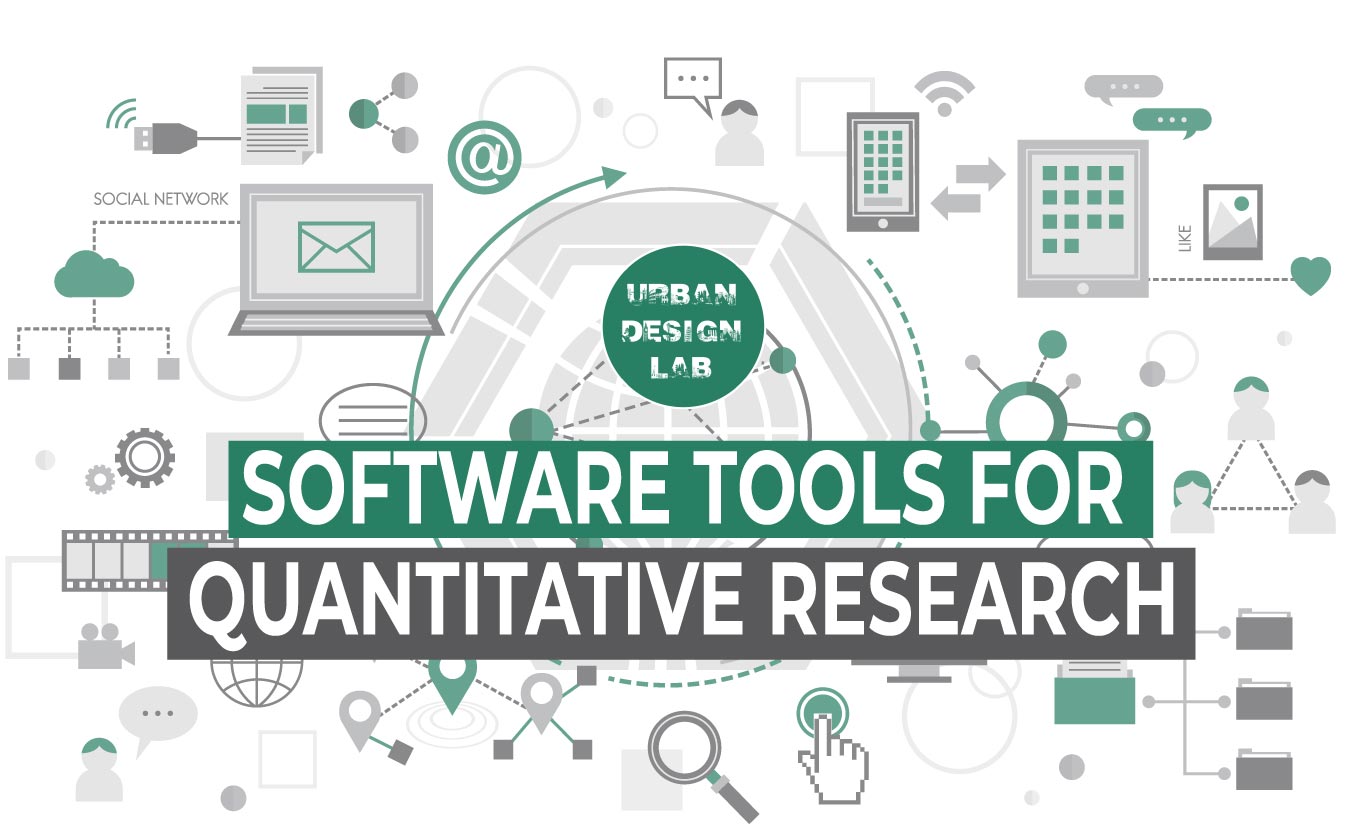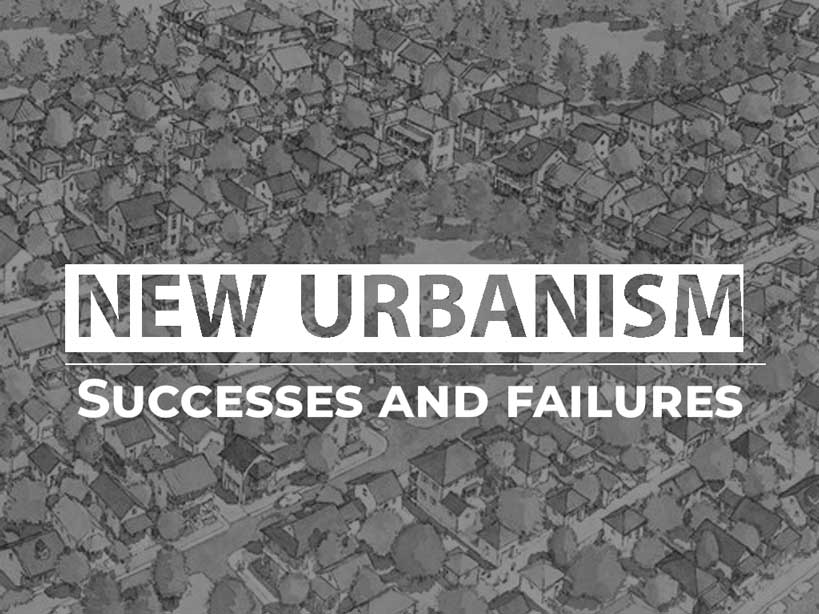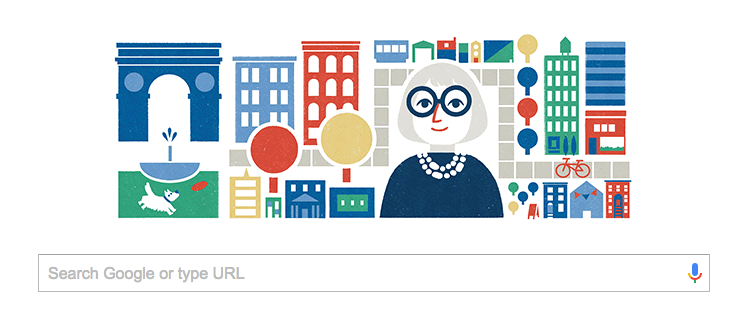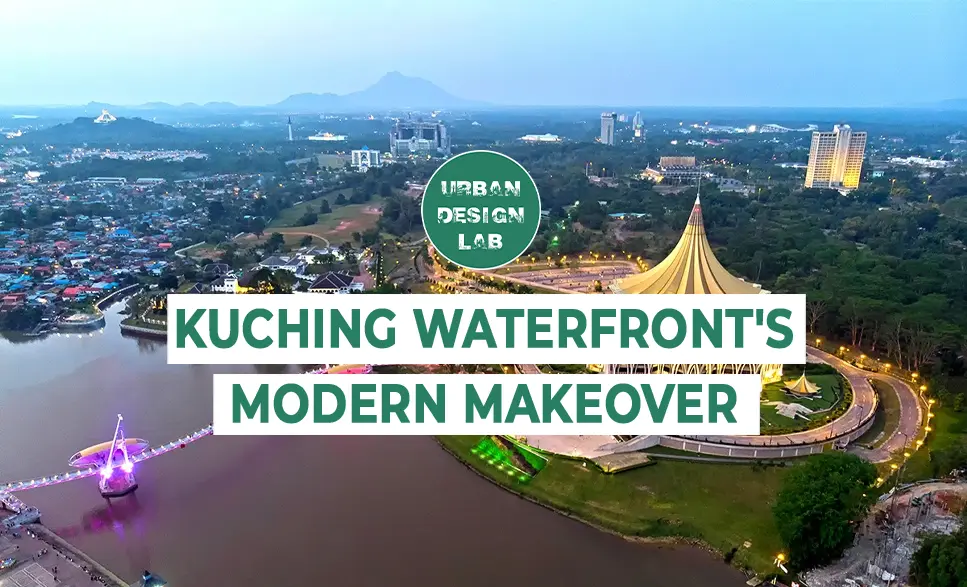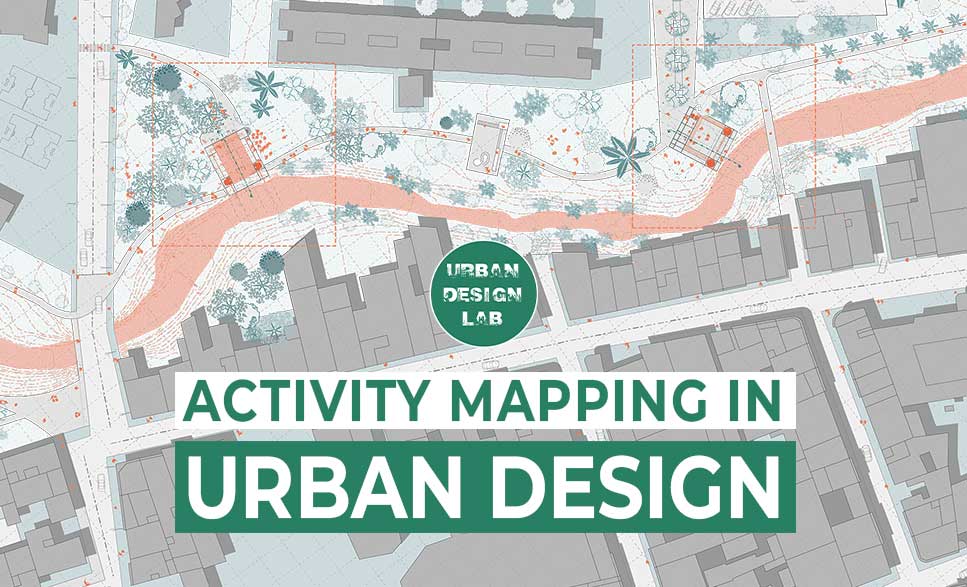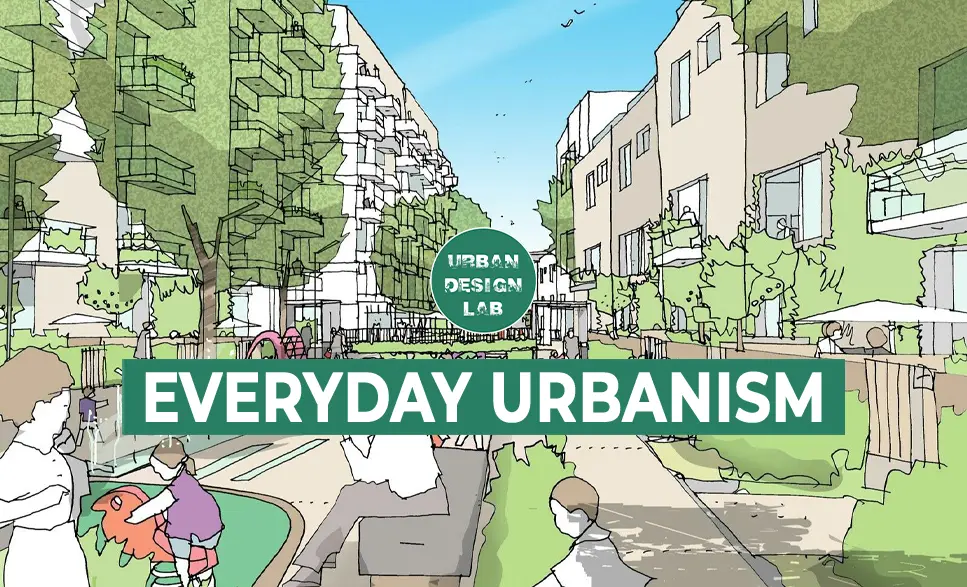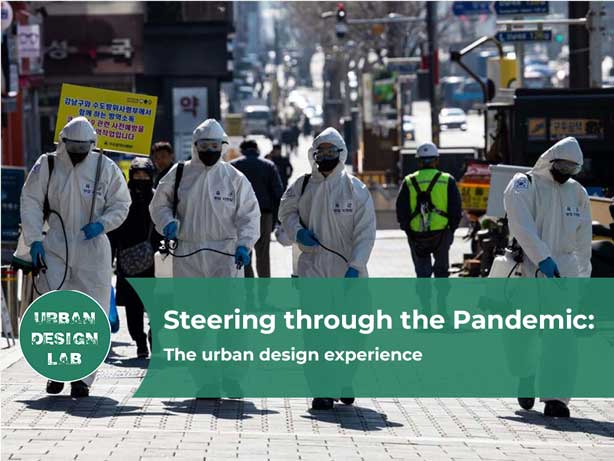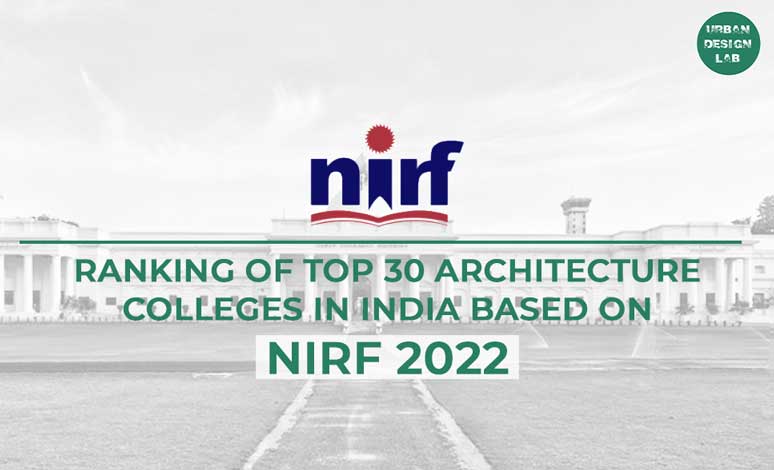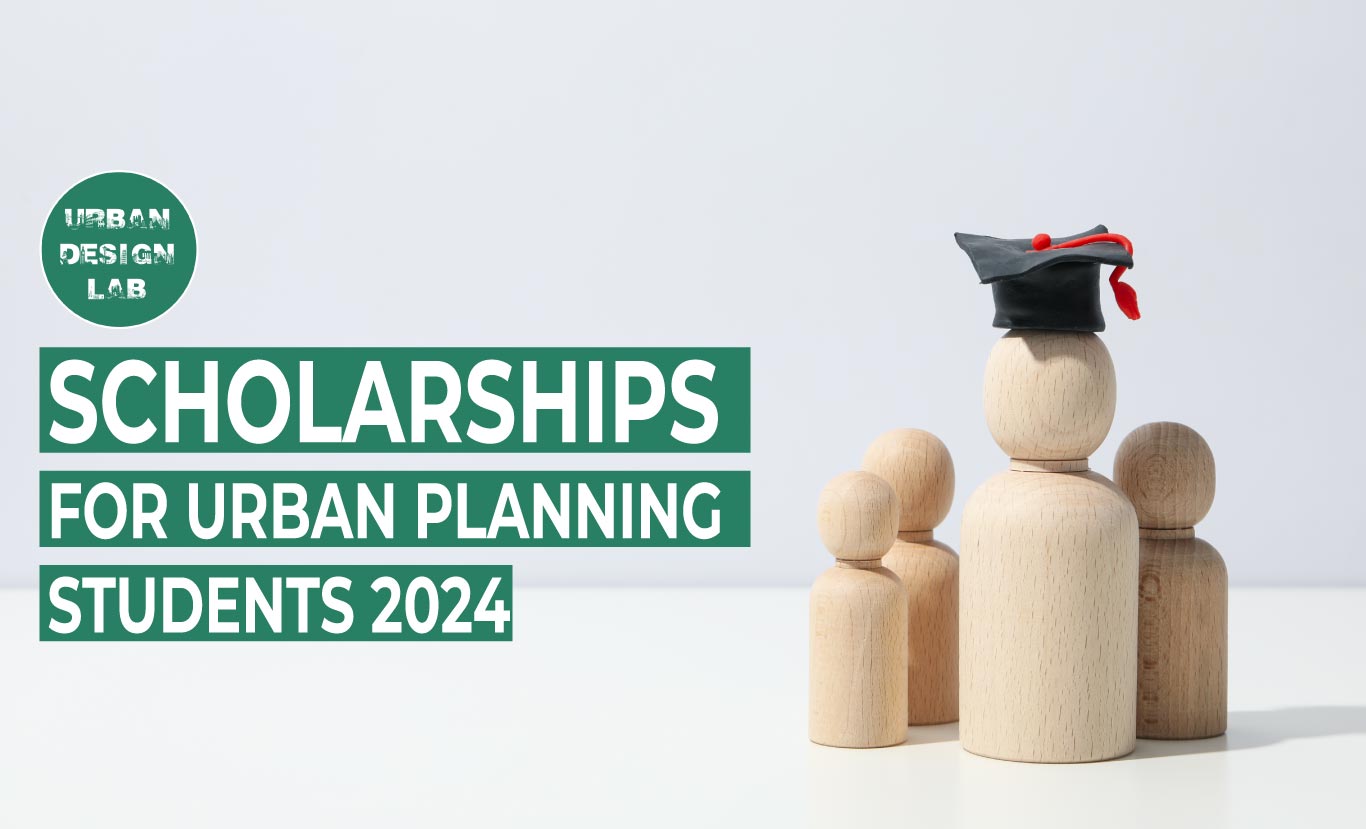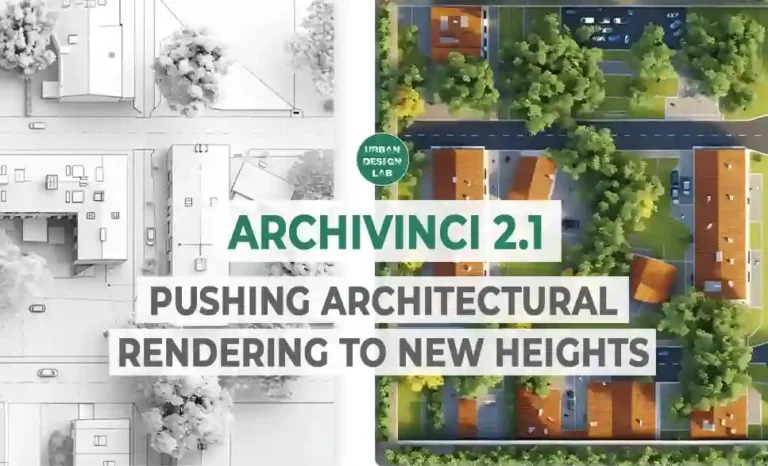
World Heritage Day 2025: Celebrating the Digital Revolution in Heritage Preservation
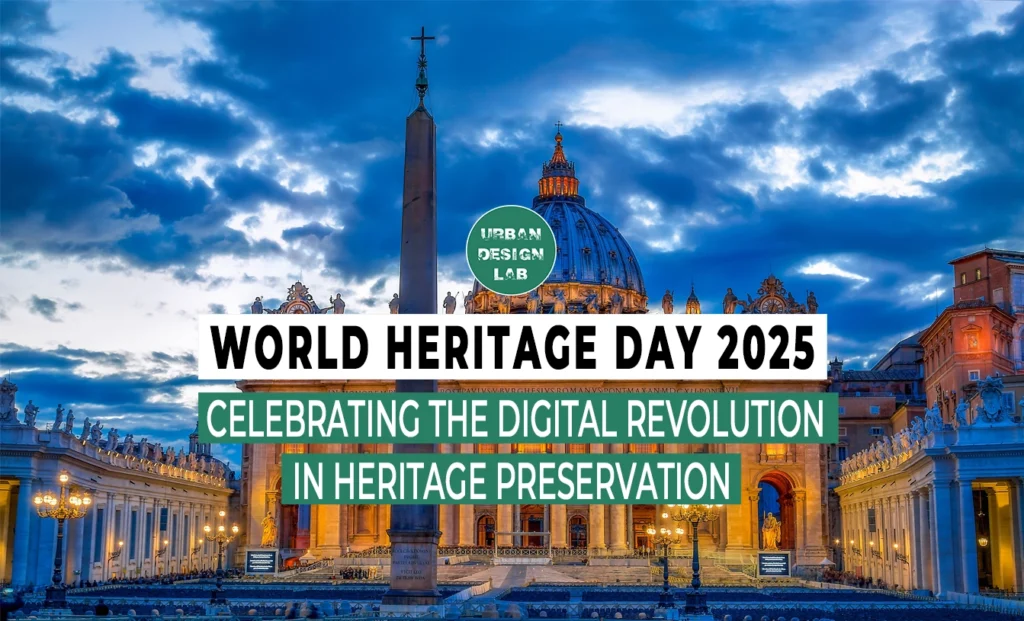
World Heritage Day 2025 shines a spotlight on the digital revolution transforming heritage preservation. Around the globe, professionals are leveraging cutting-edge technology to document, protect, and share cultural treasures like never before. This revolution comes at a critical time – historic sites face unprecedented threats from conflict, climate change, urban pressures, and natural disasters, making preservation an increasingly complex mission.
In response, heritage experts are embracing tools from 3D scanning drones to artificial intelligence, turning challenges into opportunities to safeguard our shared past for future generations. In this professional overview, we explore emerging digital methods – from high-precision 3D models and immersive virtual tours to predictive AI maintenance and even blockchain – that are reshaping heritage conservation. We’ll delve into successful case studies at UNESCO World Heritage Sites and other significant projects worldwide, highlighting how technology and innovative partnerships are securing the world’s cultural and natural legacy.
3D Scanning, Drones and Photogrammetry: Digitizing Heritage in 3D
3D documentation using laser scanning (LiDAR) and photogrammetry is revolutionizing heritage preservation. These technologies allow experts to capture detailed models of sites with millimeter accuracy, creating comprehensive digital archives that aid in research and restoration. Drones equipped with cameras extend these capabilities to hard-to-reach sites. For example, in just eight days, 3D models of 16 structures in the ancient city of Polonnaruwa (Sri Lanka) were created using laser scanning, drone imagery, and ground cameras, providing a foundation for future conservation efforts.
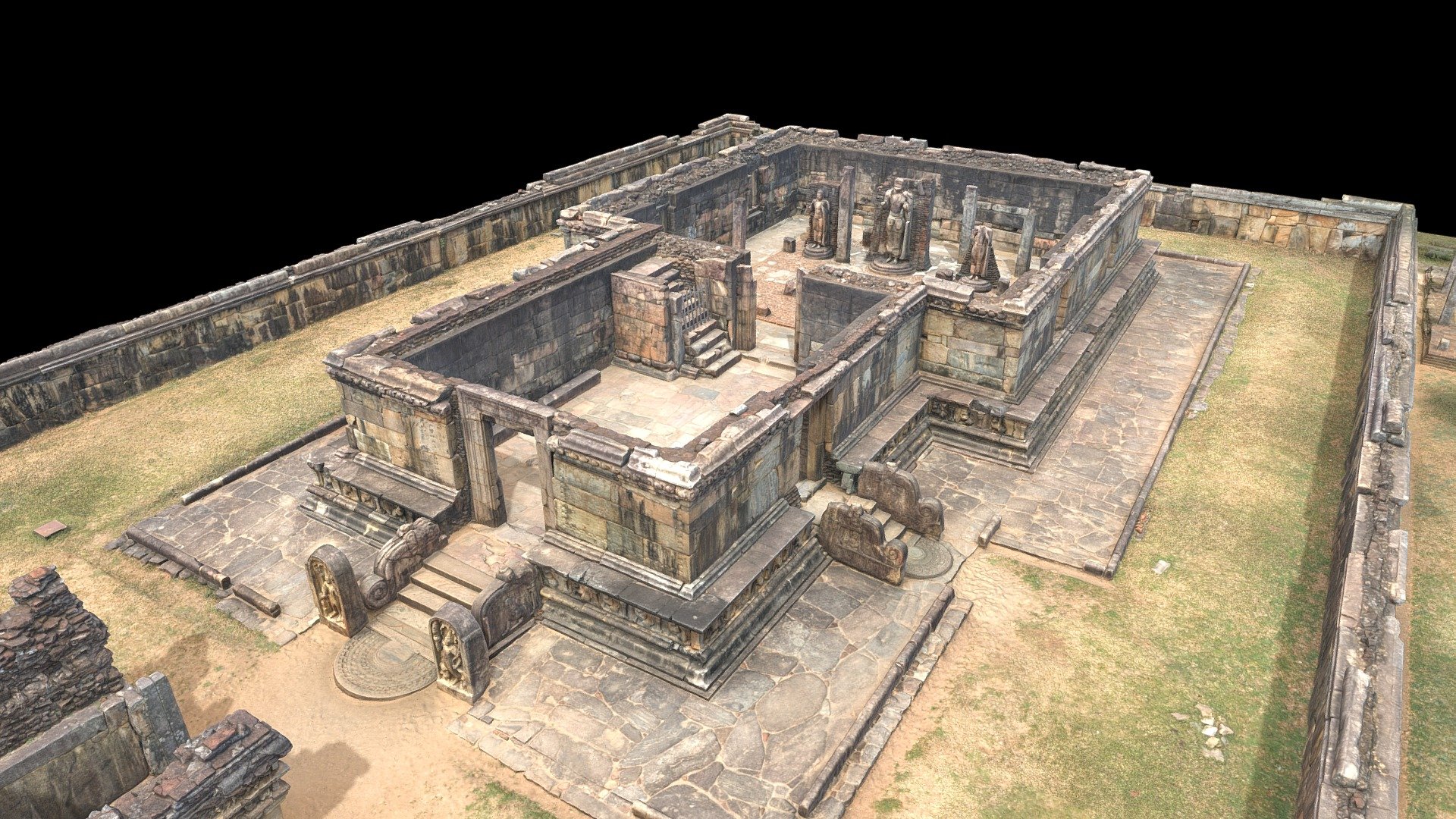
In conflict zones like Syria and Iraq, 3D scanning has been crucial in documenting sites like the Aleppo Citadel and Mosul’s Old City, preserving them digitally even if physically damaged. When the Temple of Bel in Palmyra was destroyed, prior laser scans became essential for virtual reconstruction. CyArk, a non-profit organization, has worked to 3D scan at-risk heritage sites worldwide, including Pompeii and Al Azem Palace, providing public access to interactive 3D models.

Digital documentation has expanded beyond experts. The Backup Ukraine initiative allowed citizens to capture 3D scans of monuments with smartphones, ensuring that detailed digital replicas remain even if monuments are destroyed. Similarly, the Scan the World platform mobilized global volunteers to document the damage to Moai statues on Easter Island after a wildfire, creating permanent digital records for restoration. These crowdsourced efforts highlight how democratized technology is reshaping heritage preservation, making it more accessible and responsive to threats like war, disaster, or decay.
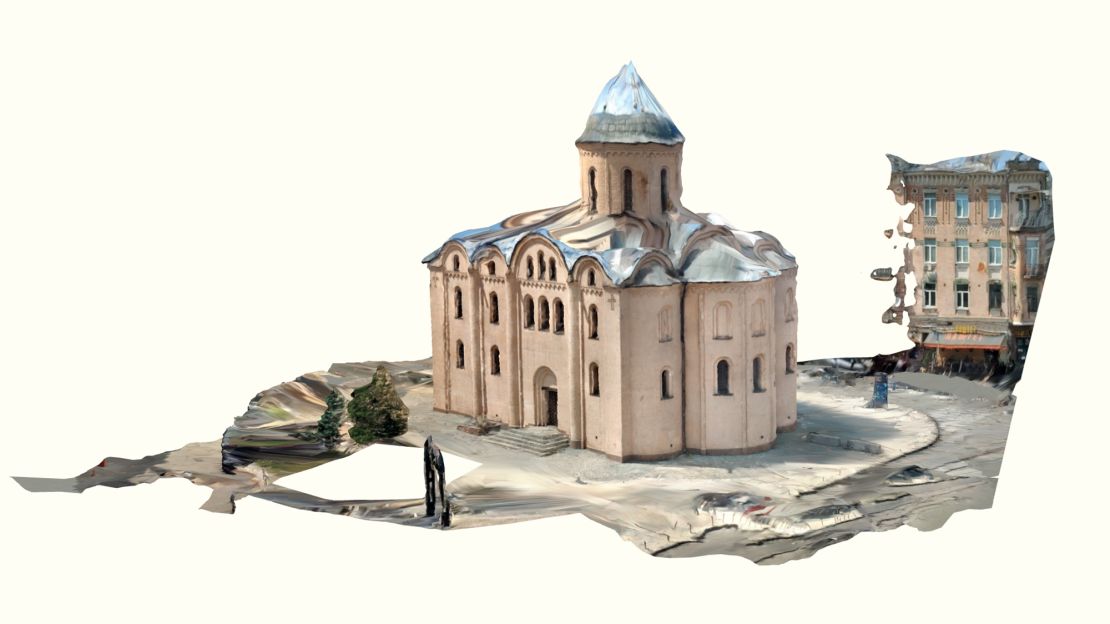
Augmented and Virtual Reality: Immersive Heritage Experiences
Digital preservation is transforming how we experience and interpret heritage through Augmented Reality (AR) and Virtual Reality (VR). These technologies create immersive, educational experiences, enabling viewers to step into reconstructions of ancient sites or overlay digital information onto real-world views. VR can recreate historical environments, while AR enhances physical visits by providing real-time digital overlays.

Platforms like Google Arts & Culture offer virtual tours of World Heritage Sites, allowing users to explore landmarks like the Taj Mahal or Machu Picchu from home. Virtual visits are also valuable for professionals, helping with remote research and conservation decisions. For instance, VR can restore deteriorated murals, guiding physical restoration efforts.
AR is enhancing on-site visits, like in Copenhagen, where interactive AR experiences reveal 3D models of historic buildings on city maps. Similarly, Pompeii uses AR to restore frescoes and structures digitally, helping visitors visualize historical sites as they originally appeared. AR is expected to be widely used to explore World Heritage sites in their original form, offering virtual tours and personalized museum experiences.
VR is also advancing conservation and training, allowing professionals to rehearse restoration procedures in simulations. UNESCO’s Dive into Heritage platform combines VR/AR content with 3D models, providing a rich toolkit for public and expert engagement with heritage. These projects demonstrate how AR/VR are powerful tools for promoting heritage appreciation and connecting distant communities to cultural preservation efforts.

Digital Twins and Data-Driven Heritage Management
Heritage sites are evolving from static 3D models to digital twins—dynamic, data-rich replicas that can be analyzed and monitored in real time. A digital twin combines a 3D model with live or recorded data (from sensors, satellite images, weather, etc.), enabling experts to simulate conditions and predict issues. This technology, inspired by smart cities and industry, is transforming how we conserve and respond to threats at heritage sites.
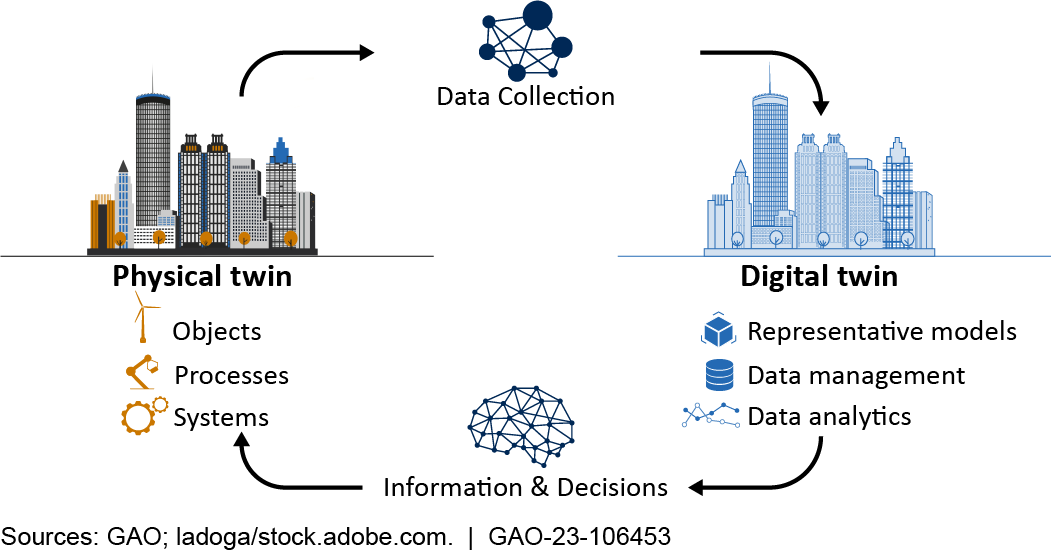
For example, St. Peter’s Basilica in Vatican City underwent a digital twin project completed in 2024 in collaboration with Microsoft and Iconem. Over 400,000 high-resolution photos were processed into an ultra-precise 3D model. Microsoft’s AI was used to detect structural vulnerabilities like cracks and missing mosaic tiles, enhancing conservation efforts. The digital twin allows curators to inspect details virtually, monitor changes over time, and prioritize repairs based on AI alerts, while engaging the public through immersive virtual experiences.

A more recent initiative, HeritageWatch.AI, launched in 2025, combines satellite imagery, 3D modeling, and AI to protect heritage sites from disasters and conflict. This global project, involving Planet Labs, Iconem, and Microsoft, creates real-time digital twins to map risks and damage, helping heritage managers predict and mitigate threats like desertification, rising sea levels, or war damage.
In cities like Venice, researchers are developing digital twins to simulate flooding scenarios and plan for resilience. These digital twins allow for proactive conservation, testing “what-if” scenarios (e.g., the impact of an earthquake) and enabling faster, more informed responses to emergencies. Digital twins are becoming a critical tool in preventive conservation, offering real-time monitoring and decision support for heritage management.
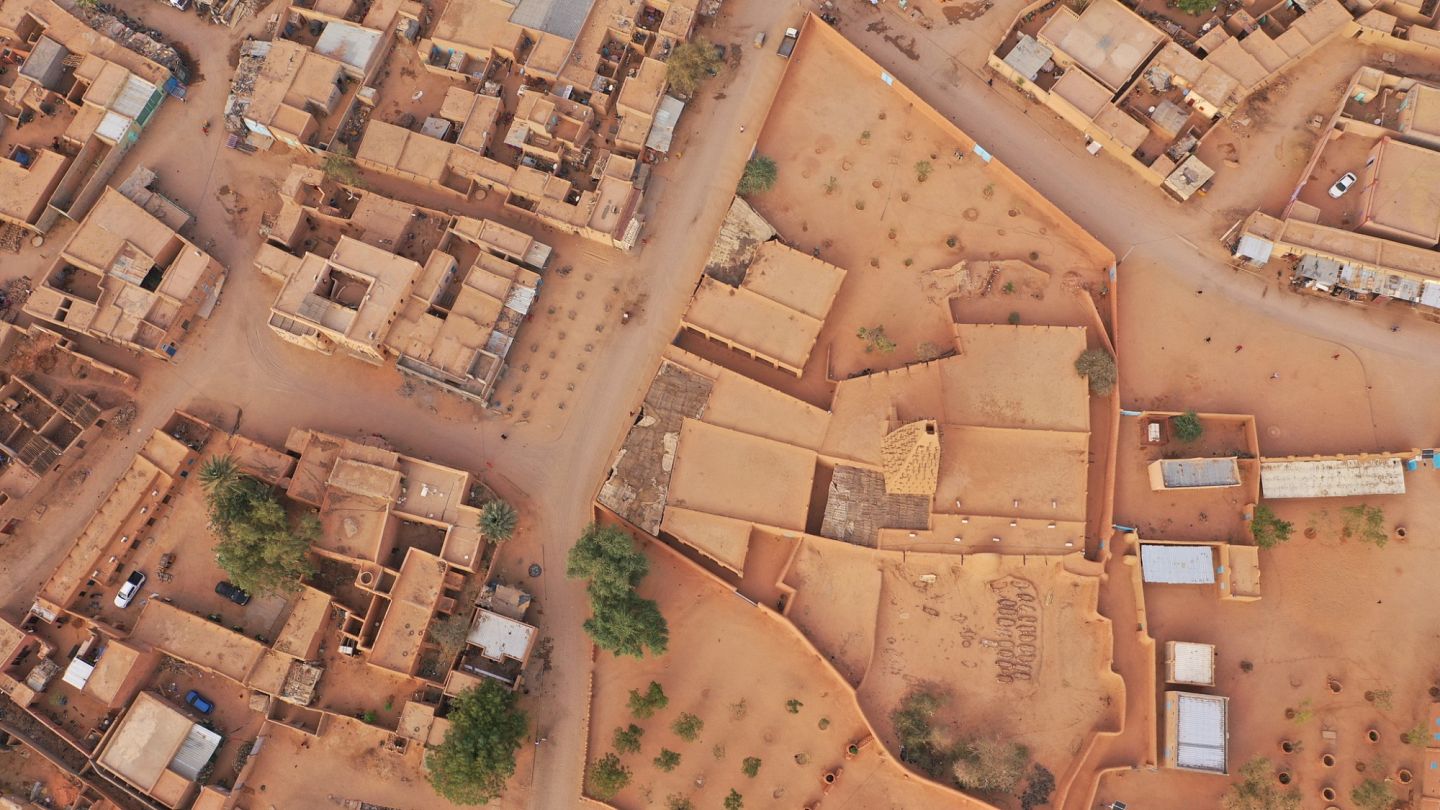
Blockchain and Preservation: Securing Heritage Data and Funding
Though not as widespread as AR or AI in heritage preservation, blockchain is making strides in cultural preservation. At its core, blockchain provides a tamper-proof, decentralized method to record information, offering several innovative applications for heritage. One key use is provenance tracking for artifacts and artworks, where blockchain records the ownership and movement of objects, ensuring transparency and aiding in the repatriation of stolen items. Each artifact gets a digital “passport” that can’t be forged, helping combat illicit trafficking.
Blockchain also ensures the integrity of digital archives. For example, it can certify that a 3D scan of a monument is authentic, with any alterations easily detectable. This is increasingly important as more heritage documentation exists in digital form.
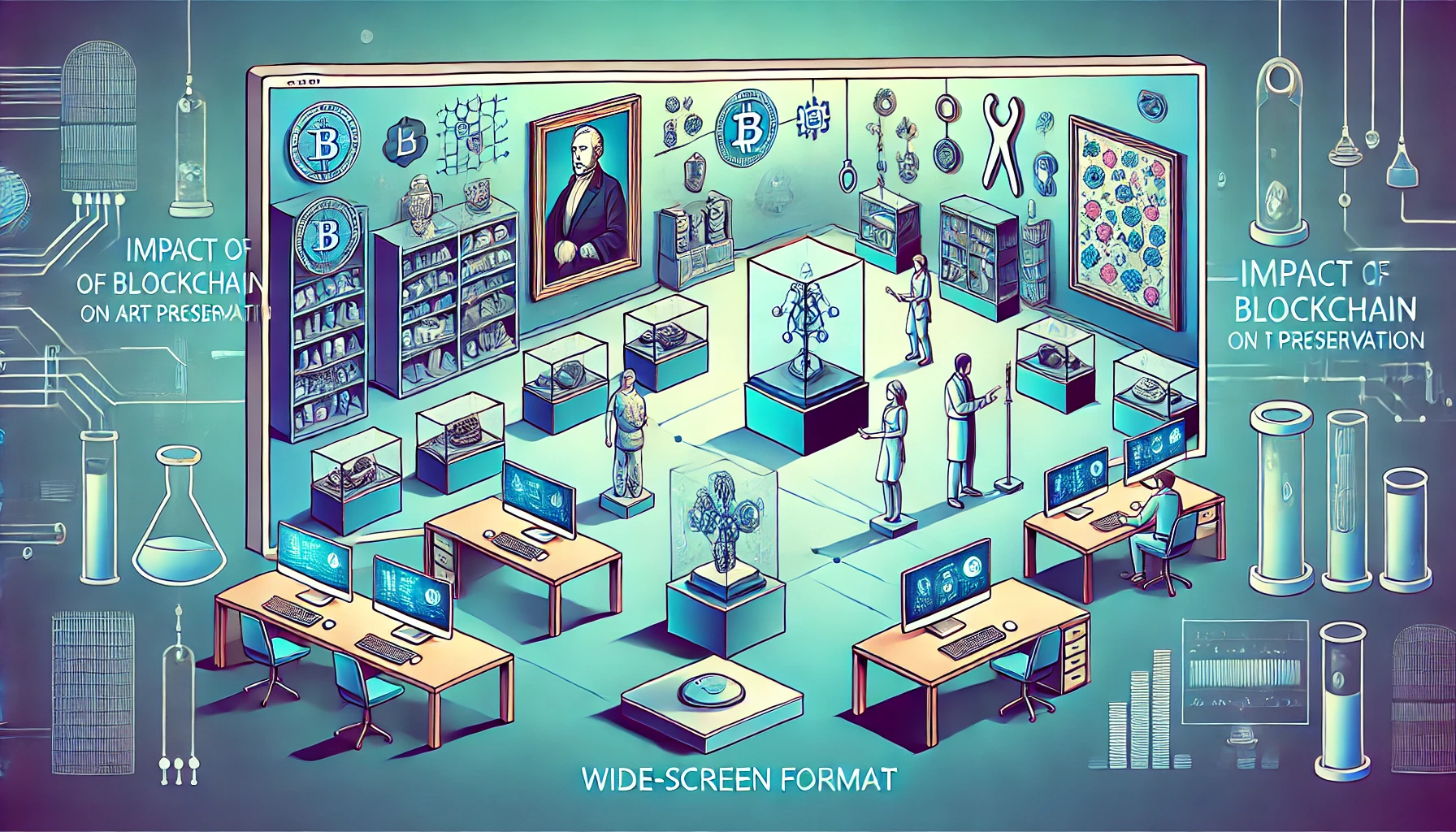
Perhaps the most innovative application is using blockchain and NFTs (Non-Fungible Tokens) to raise funds for endangered heritage sites. The TemDAO initiative, a decentralized autonomous organization launched in 2023, links heritage preservation projects to NFTs. Supporters can purchase or trade these tokens, with proceeds directly funding preservation efforts. By eliminating intermediaries and enabling global cryptocurrency donations, this model democratizes funding and reduces corruption risks. TemDAO has already contributed to preservation efforts in conflict-affected areas like Ukraine and Turkey.
Blockchain is also being explored for preserving intangible heritage, such as oral traditions and indigenous knowledge. Researchers suggest using decentralized networks to store recordings and metadata of these traditions, ensuring longevity and preventing loss or censorship.
While adoption in the public heritage sector is still in early stages, the growing interest in blockchain for donation tracking and digital rights management is evident. This technology offers security, transparency, and community engagement, and its potential for securing and supporting heritage preservation continues to evolve.
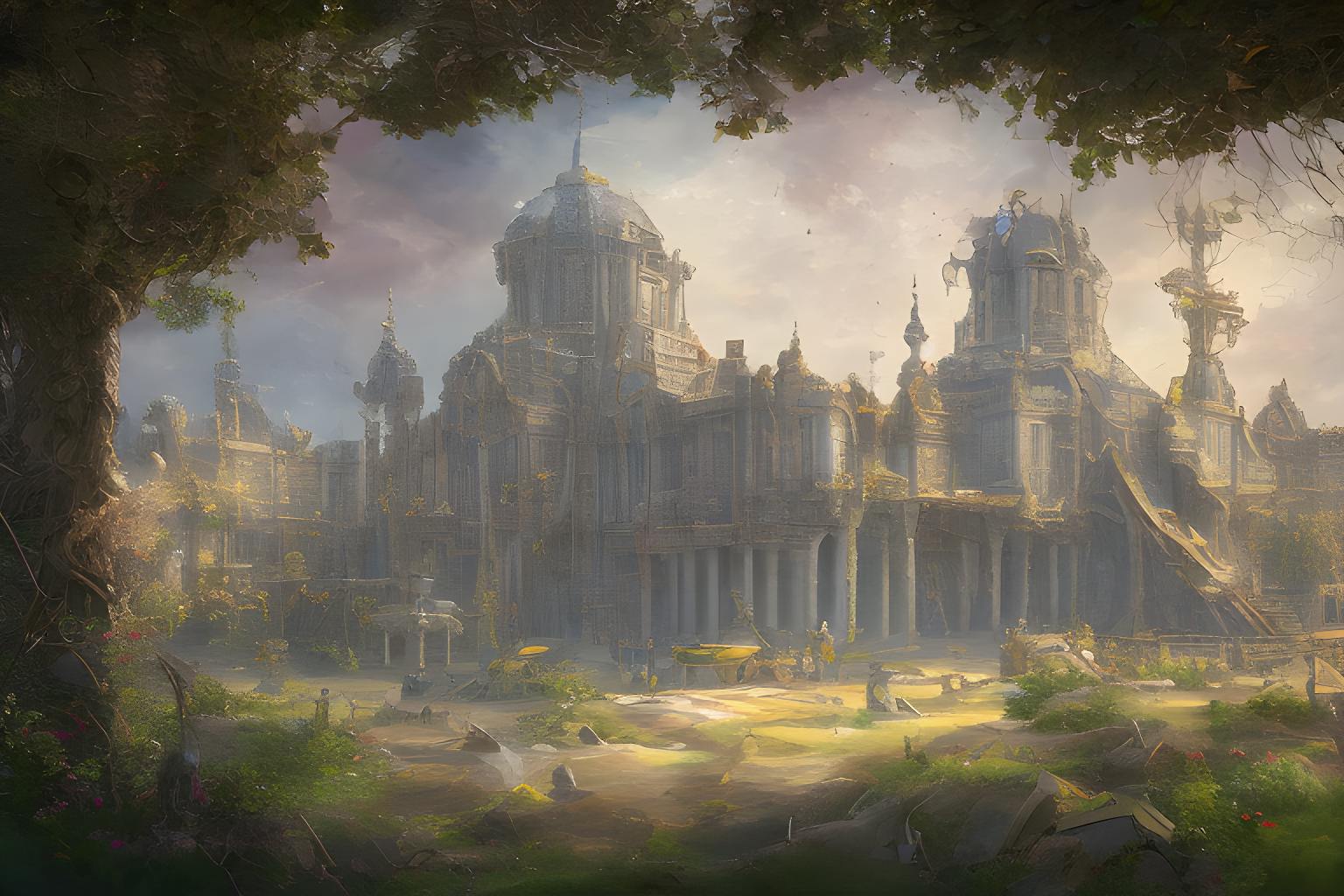
AI for Heritage: Documentation, Analysis and Restoration
Artificial Intelligence (AI) is revolutionizing heritage preservation, enhancing everything from documentation to restoration. AI automates tasks like capturing high-resolution images of heritage sites with drones, analyzing them in real-time, and identifying potential threats like cracks or erosion. This AI-powered monitoring enables preventive maintenance, identifying issues before they worsen, especially on large monuments where manual inspections are impractical.

AI also helps with predictive modeling. By analyzing climate data, visitor patterns, and material properties, AI can forecast future damage to heritage sites. For example, it might predict corrosion in a metal statue due to weather and pollution, prompting early conservation measures.
In restoration and virtual reconstruction, AI processes images to reconstruct damaged art or artifacts. For instance, AI has been used to virtually recolor ancient statues or restore missing parts of frescoes. Additionally, AI is aiding in the reconstruction of fragmented manuscripts, decoding ancient texts, and even translating inscriptions in rare languages, accelerating research.

AI’s integration with IoT sensors in heritage sites is also game-changing. These sensors track environmental data like temperature and vibration, with AI analyzing this data to detect early signs of damage, such as structural weakening or mold growth. In museums, AI helps optimize climate control for artifact preservation, balancing energy efficiency with preservation needs.
Crucially, AI doesn’t replace experts but augments human expertise. It assists conservationists by quickly identifying critical issues, aiding in data analysis, and supporting restoration efforts. Collaboration between AI specialists and heritage experts is key to training these models effectively. The future of heritage preservation will see a harmonious blend of archaeologists, architects, and AI, working together to tackle complex challenges.
Virtual Archives and Interactive Heritage Databases
A crucial aspect of the digital revolution in heritage preservation is the creation of digital archives and databases that go beyond 3D models and VR experiences. These platforms aim to digitize historical records, maps, photos, and artifacts, making them accessible to professionals worldwide. By breaking down information silos, they accelerate research and improve site management.
UNESCO has been a leader in digitizing World Heritage documentation, such as in Iraq, where the national Board of Antiquities is scanning historical documents and photos into a central database, preserving vulnerable records and making them searchable for researchers and site managers. Projects like this are critical for post-conflict recovery, helping restore monuments with accurate historical data and previous conservation reports.
Modern heritage databases are increasingly interactive, like the Arches platform, which uses GIS to catalog heritage sites with rich metadata. This allows professionals to query for specific details, such as identifying historical buildings in seismic zones to plan risk mitigation. Similarly, the Time Machine project in Venice is digitizing city archives and linking them to 3D models, creating a historical database that AI can query for in-depth analysis.

UNESCO’s Dive into Heritage platform aggregates 3D models, maps, and media, allowing users to upload new data and share monitoring reports, enabling real-time collaboration for conservation. Public-facing platforms, like CyArk’s Open Heritage 3D portal, allow anyone to access 3D scans of heritage sites, further democratizing data access for research and education.
Mobile apps and web tools are also facilitating participatory mapping, where locals can report damage or encroachment at heritage sites. Social media and AI are being used to monitor heritage in real-time, detecting changes or damages missed by official inspections.
These initiatives are reshaping how heritage knowledge is shared, enabling professionals to make more informed conservation decisions. On World Heritage Day, such digital platforms showcase how far we’ve come in preserving and sharing the world’s heritage through interactive, transparent, and continually updated archives.
Looking Ahead: Embracing the Future of Heritage Preservation
The digital revolution in heritage preservation presents both exciting possibilities and ethical challenges. While technologies like AI, AR, and digital twins offer unprecedented opportunities for conserving and experiencing heritage, they must be used responsibly. The risk of over-reliance on digital models, for example, could overshadow the importance of physical conservation efforts or distort cultural representations if not managed with cultural sensitivity. Issues like data ownership, digital authenticity, and the potential for misappropriation of virtual reconstructions must be addressed to ensure that these innovations serve the true goals of heritage preservation. As we embrace these advancements, it is crucial that heritage professionals collaborate across disciplines to ensure that technology enhances, rather than replaces, the deep cultural value and physical integrity of the sites we aim to protect.

Urban Design Lab
About the Author
This is the admin account of Urban Design Lab. This account publishes articles written by team members, contributions from guest writers, and other occasional submissions. Please feel free to contact us if you have any questions or comments.
Related articles


7 Best Desk Organization Ideas for Architects and Designers
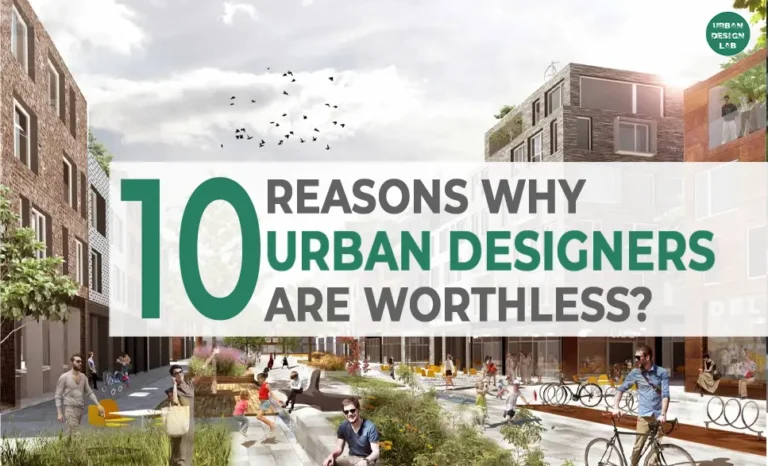
10 Reasons Why Urban Designers Are Worthless?
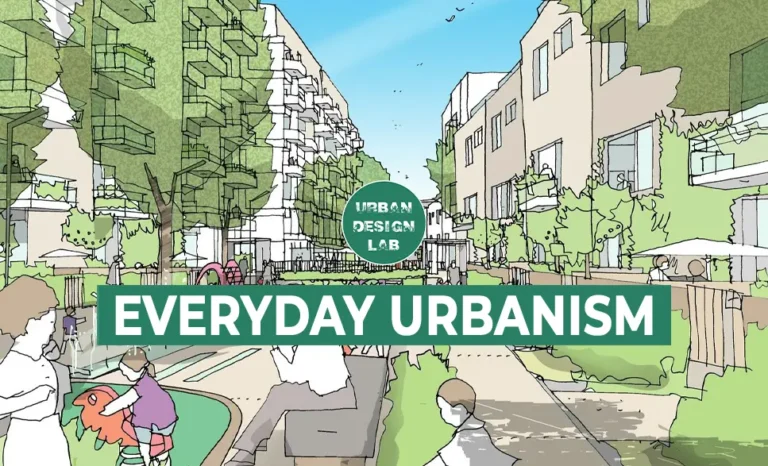
Everyday Urbanism: Transforming Daily Life in Cities
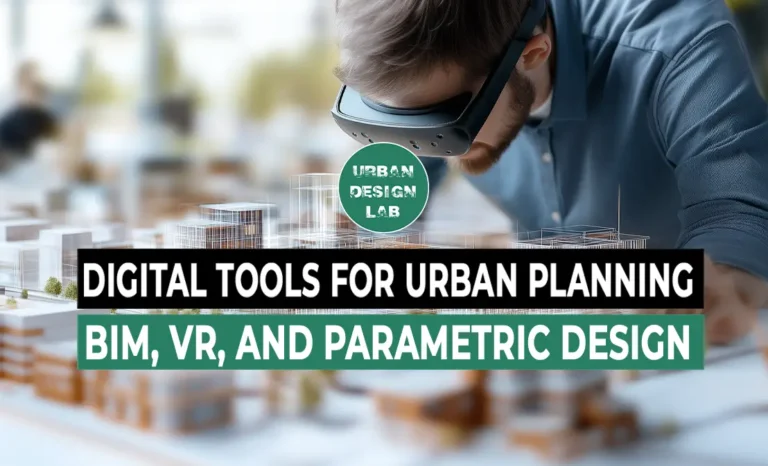
Digital Tools for Urban Planning: BIM, VR, and Parametric Design
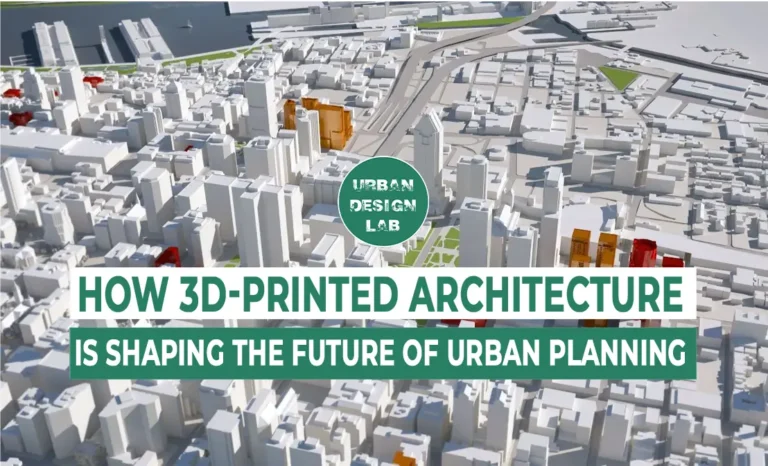
UDL Illustrator
Masterclass
Visualising Urban and Architecture Diagrams
Session Dates
3rd-4th May 2025
Recent Posts
- Article Posted:
- Article Posted:
- Article Posted:
- Article Posted:
- Article Posted:
- Article Posted:
- Article Posted:
- Article Posted:
- Article Posted:
- Article Posted:
- Article Posted:
- Article Posted:
- Article Posted:
- Article Posted:
Sign up for our Newsletter
“Let’s explore the new avenues of Urban environment together “


